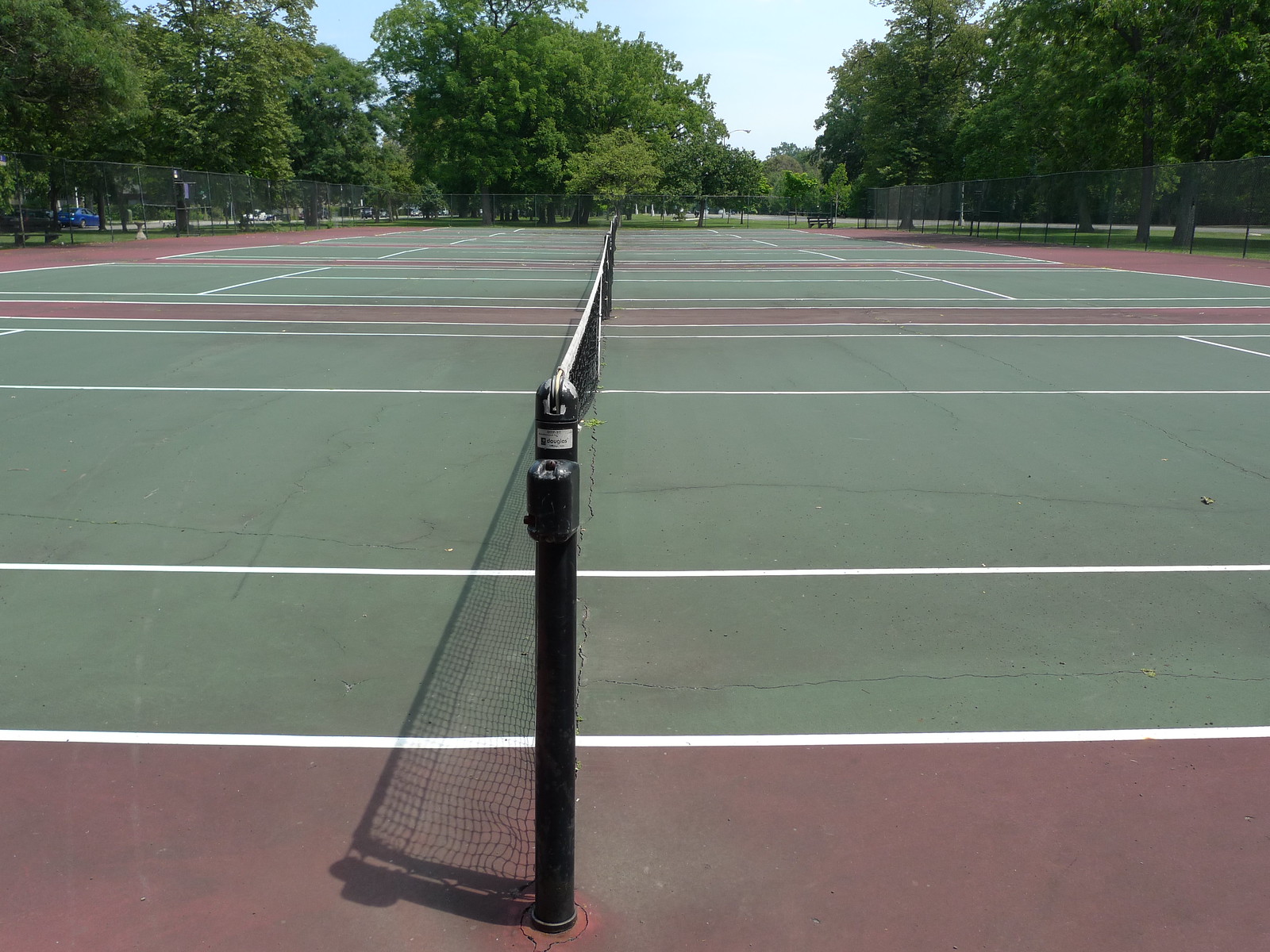
open, empty courts (Columbus Park, Chicago). SE corner of Austin and Adams [South Austin, Chicago].: photo by curtis locke, 2 August 2017

open, empty courts (Columbus Park, Chicago). SE corner of Austin and Adams [South Austin, Chicago].: photo by curtis locke, 2 August 2017

open, empty courts (Columbus Park, Chicago). SE corner of Austin and Adams [South Austin, Chicago].: photo by curtis locke, 2 August 2017
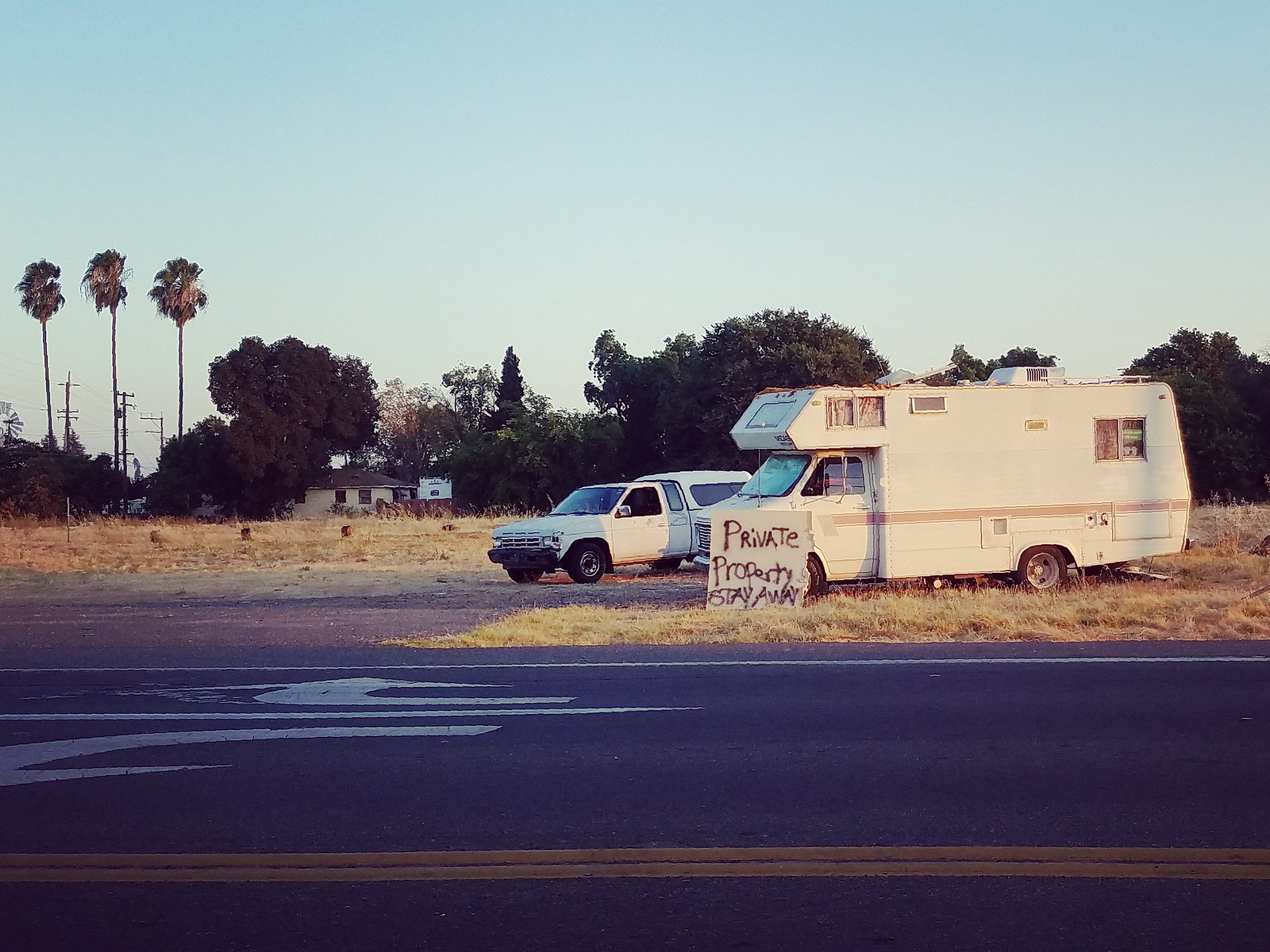
This land is my land. Midas RV parked at the site of the recently demolished Orange Villa, formerly the Chicken Villa, the legendary jazz club on Stockton Blvd south of Florin Road in Sacramento.: photo by Dean Ele, 9 August 2017
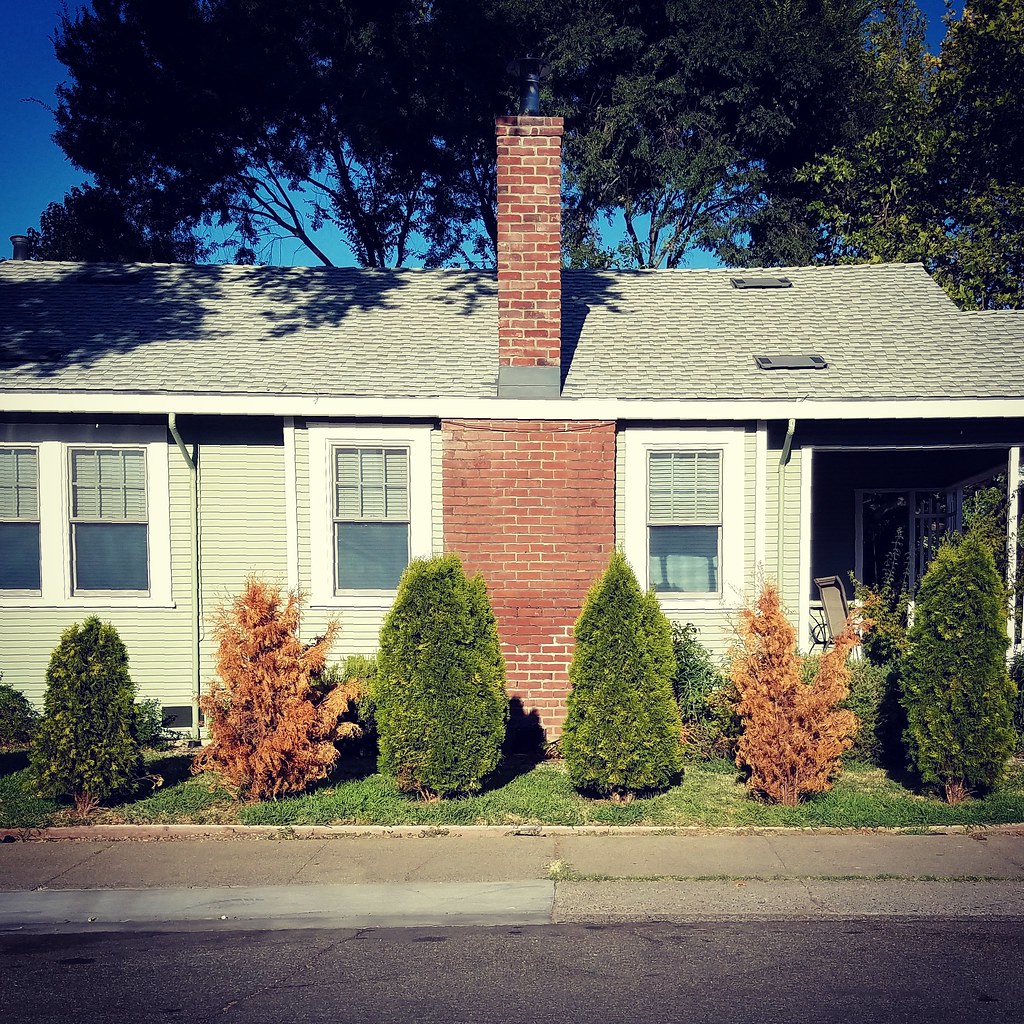
Life and Death [Sacramento]: photo by Dean Ele, 9 August 2017
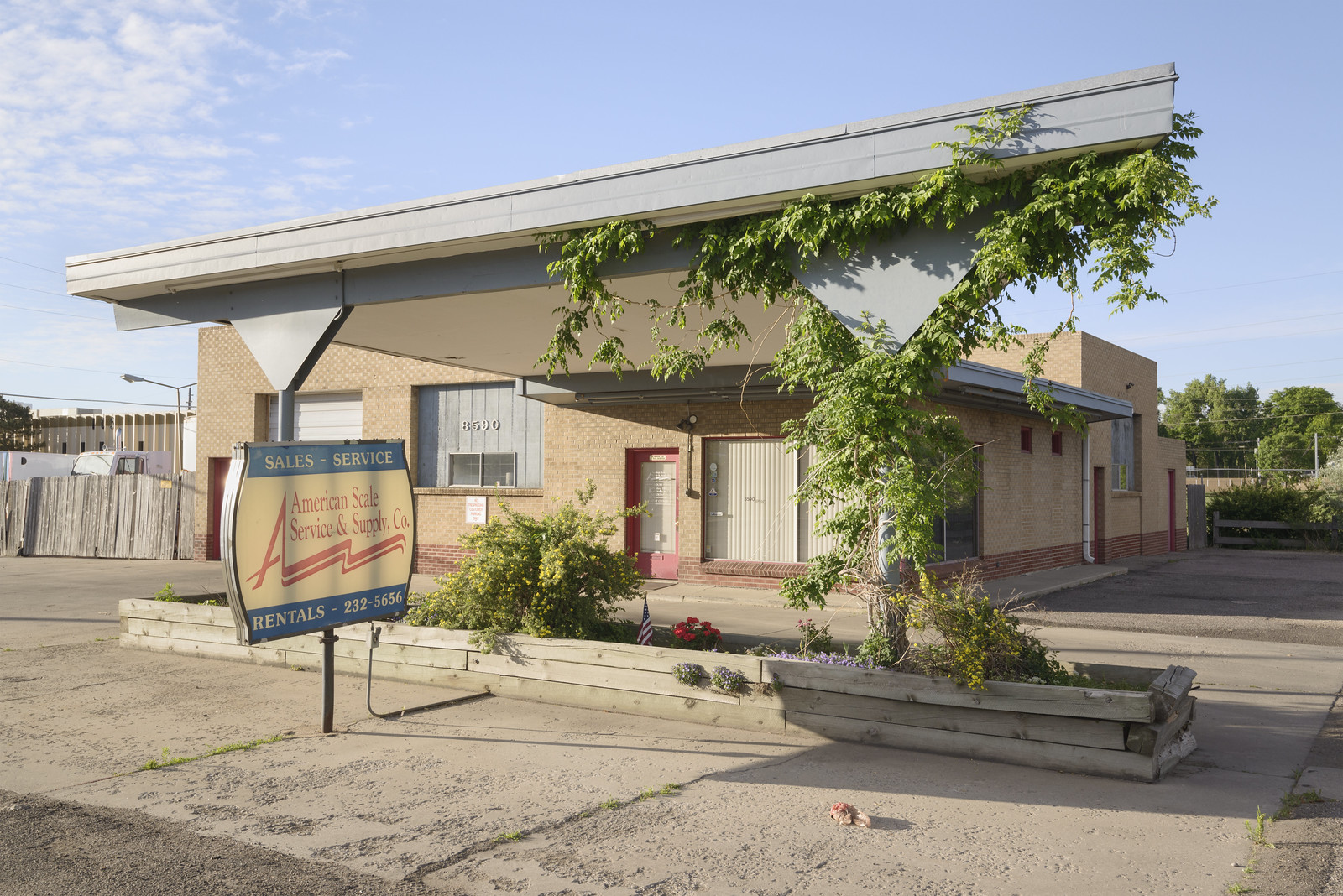
West 14th Avenue. Lakewood, Colorado.: photo by Dean Terasaki, 20 June 2017

West 14th Avenue. Lakewood, Colorado.: photo by Dean Terasaki, 20 June 2017

West 14th Avenue. Lakewood, Colorado.: photo by Dean Terasaki, 20 June 2017
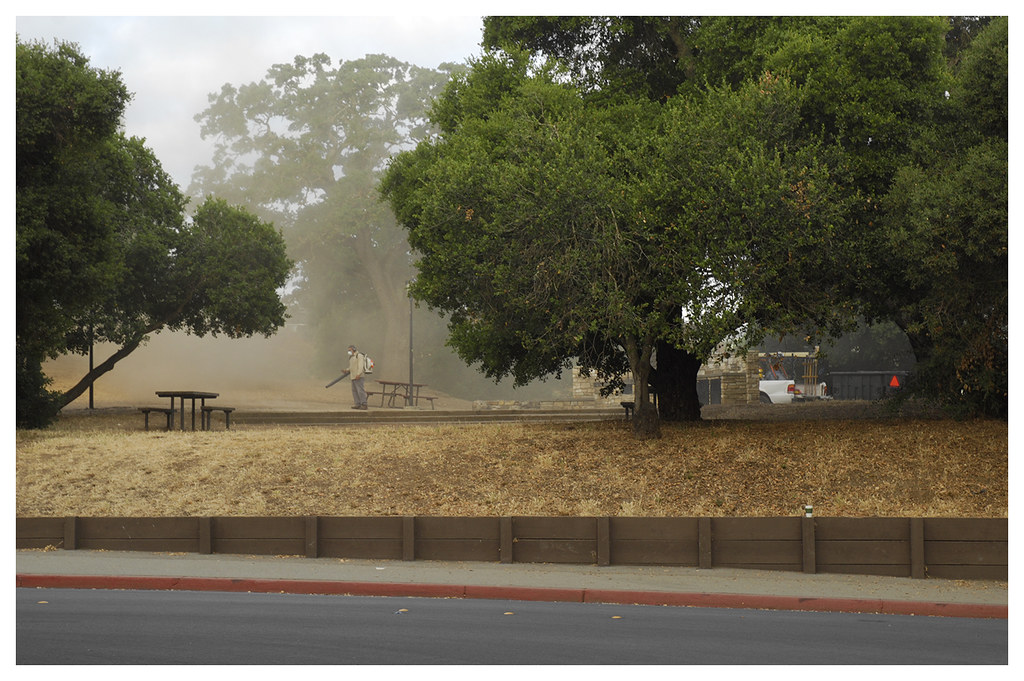
Palo Alto_0070.1 (blowing dust): photo by Thomas Willard, 26 June 2017
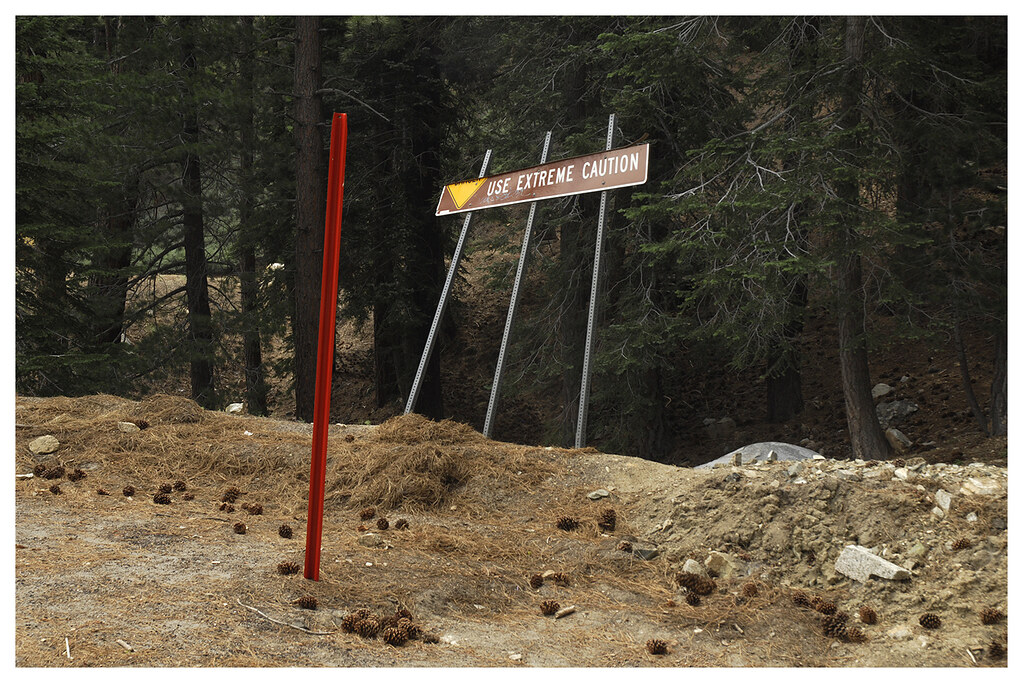
ANF_0050.2 (staggering profundity) [Angeles National Forest, Ca.]: photo by Thomas Willard, 9 July 2017

ANF_0017.1 (... but I digress) "A woman watering her lawn can be sexy, but a silver butane tank can change a man's life." -- John Divola [Angeles National Forest, Ca.]: photo by Thomas Willard, 9 July 2017
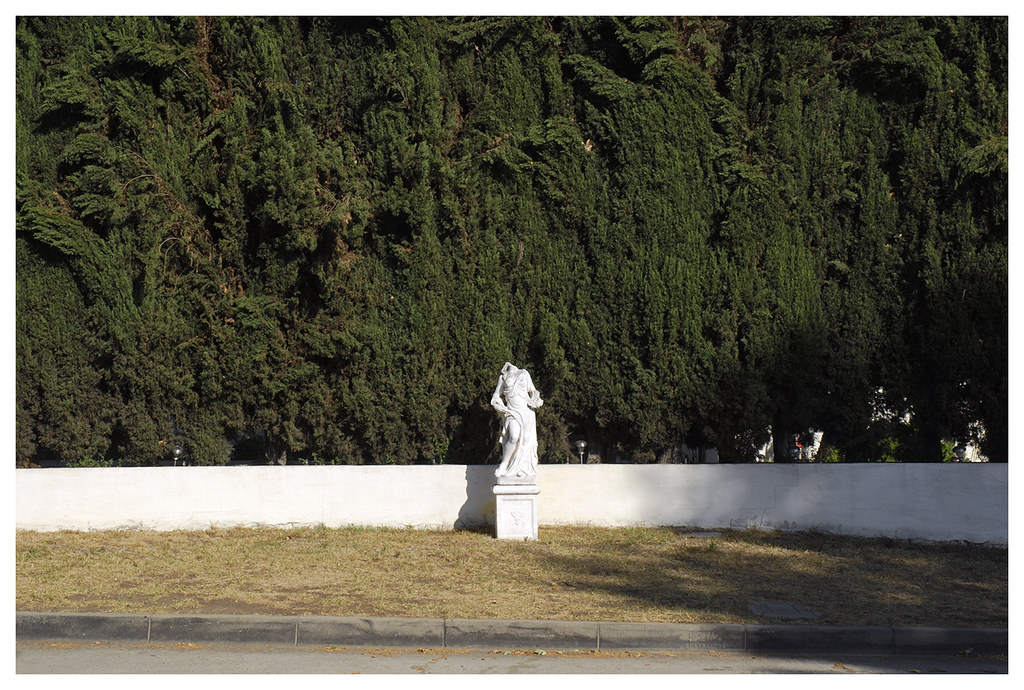
South Pasadena_0148: photo by Thomas Willard, 12 April 2015
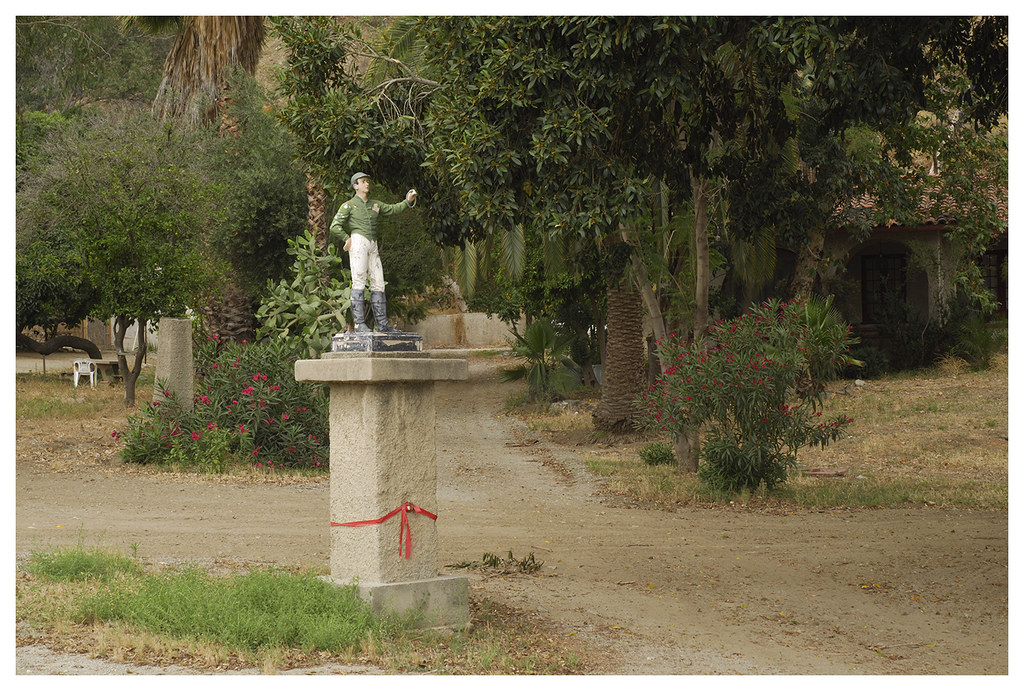
Duarte_0075 [Ca.]: photo by Thomas Willard, 11 June 2017
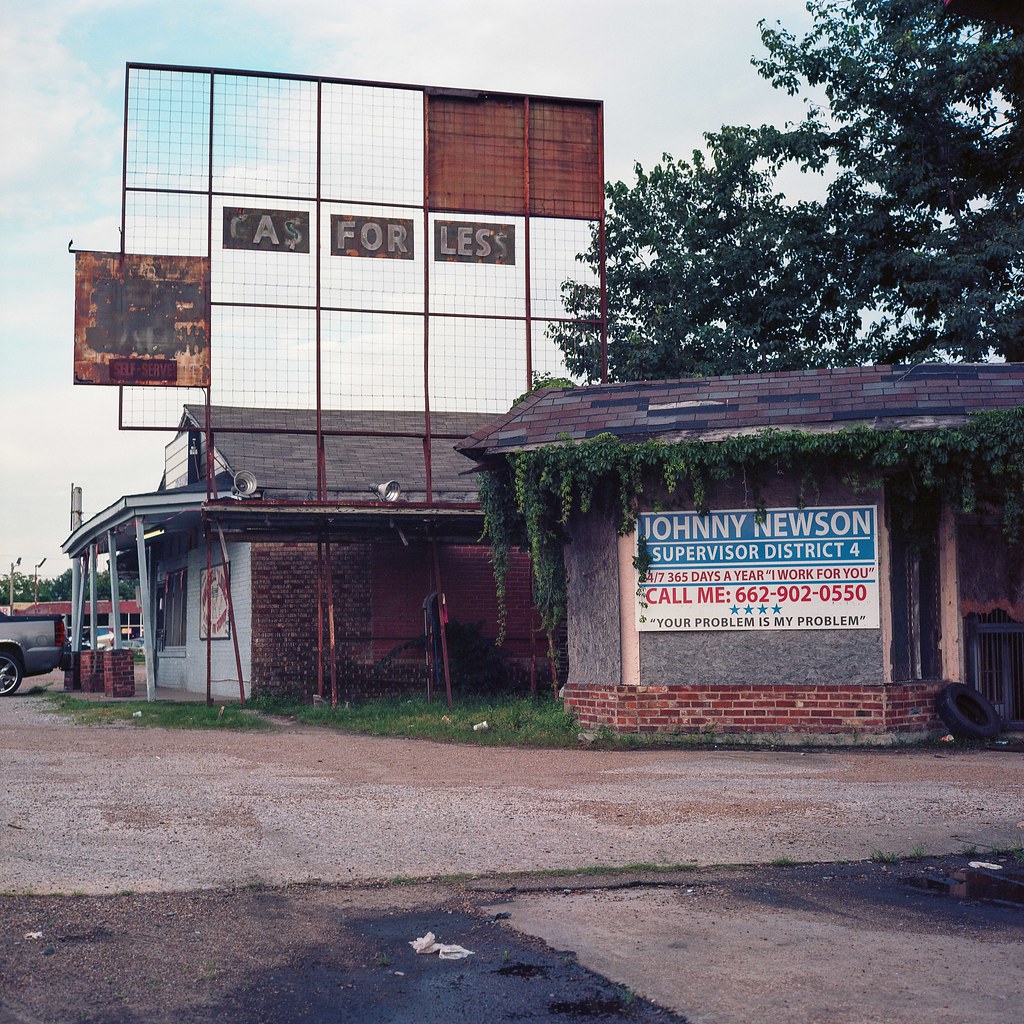
Promises, Clarksdale, MS.: photo by Andrew Murr, 6 August 2017
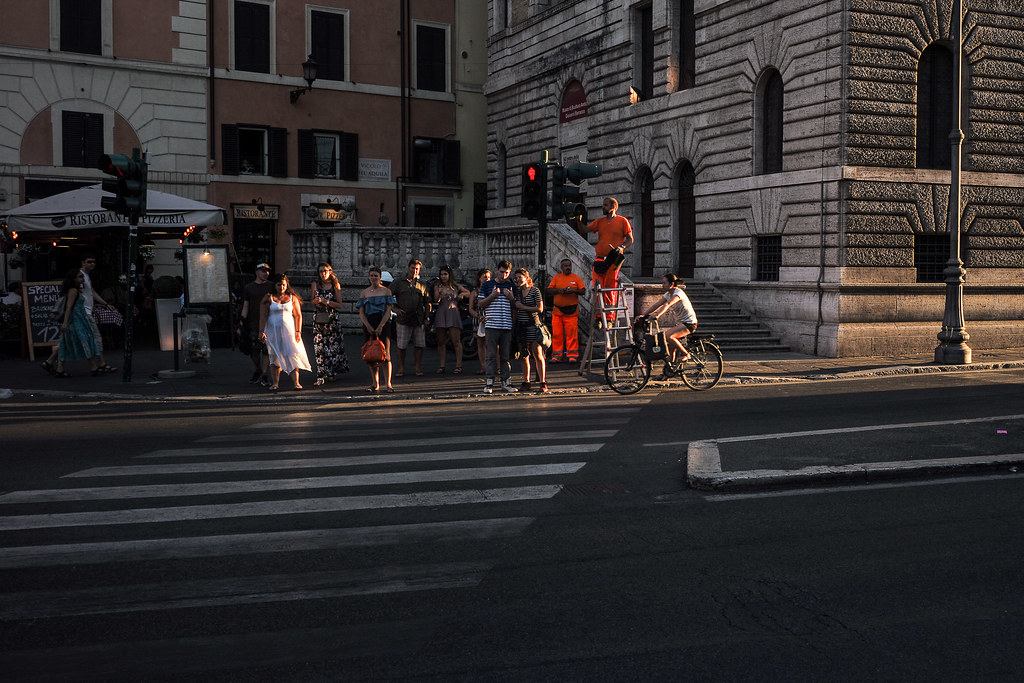
Rome, fixing the light: photo by Andrew Murr, 17 July 2017
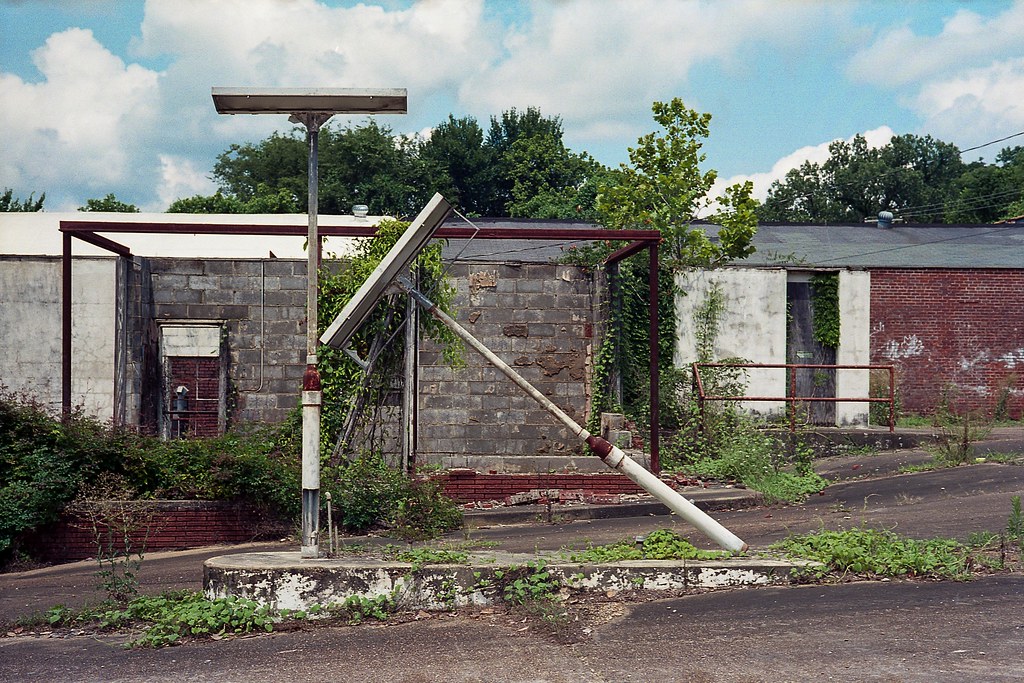
Angular decomposition [Yazoo City, MS.]: photo by Andrew Murr, 11 August 2017
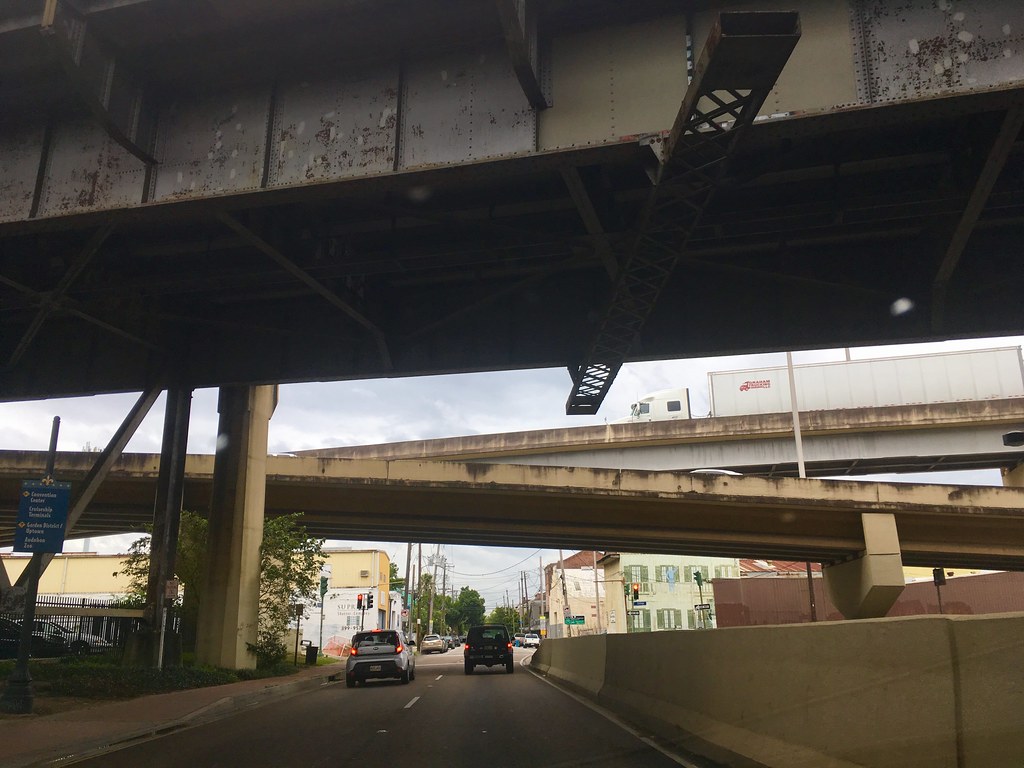
New Orleans: photo by Andrew Murr, 29 June 2017
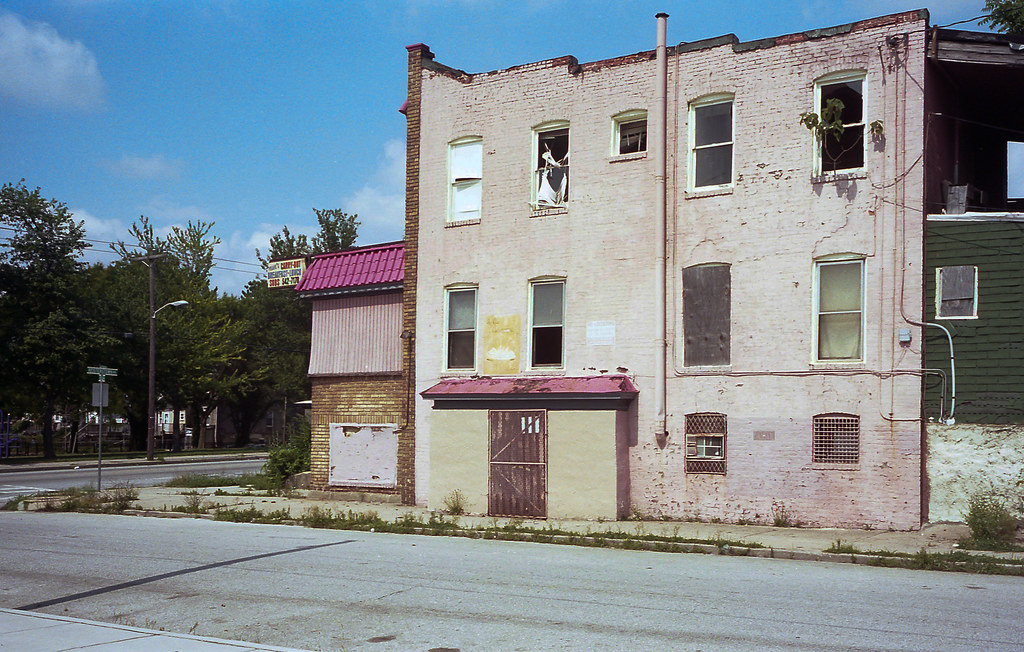
Carry Out [Reiserstown Road, Baltimore]: photo by Andrew Murr, 16 June 2017
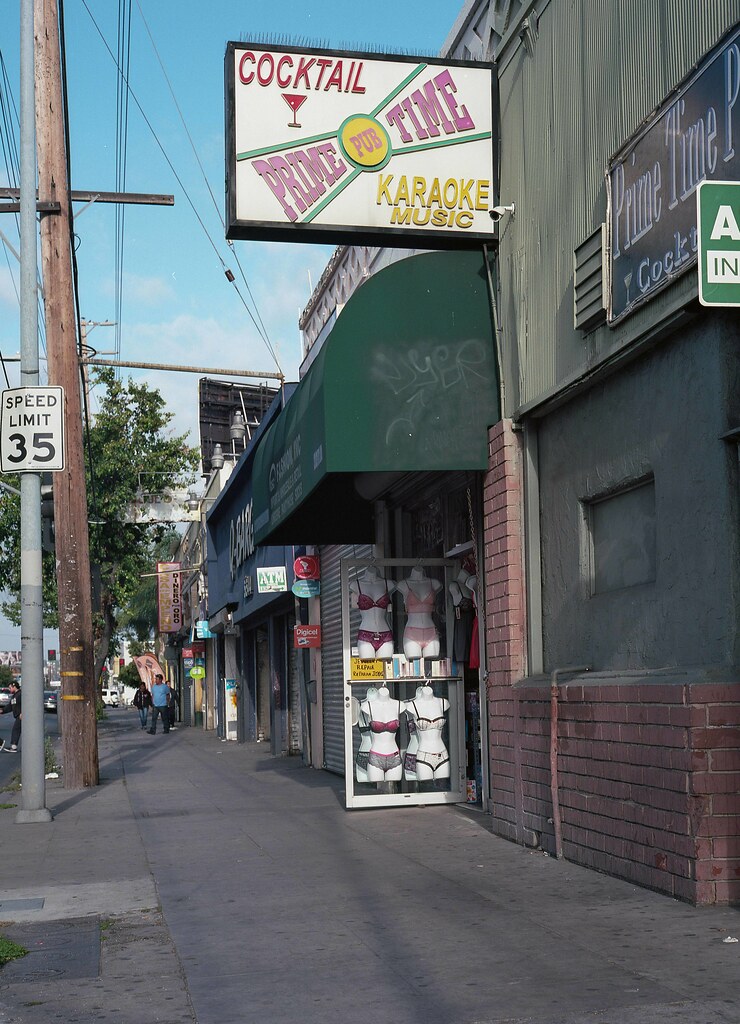
Prime Time [Santa Monica Blvd, Hollywood]: photo by Andrew Murr, 11 August 2017
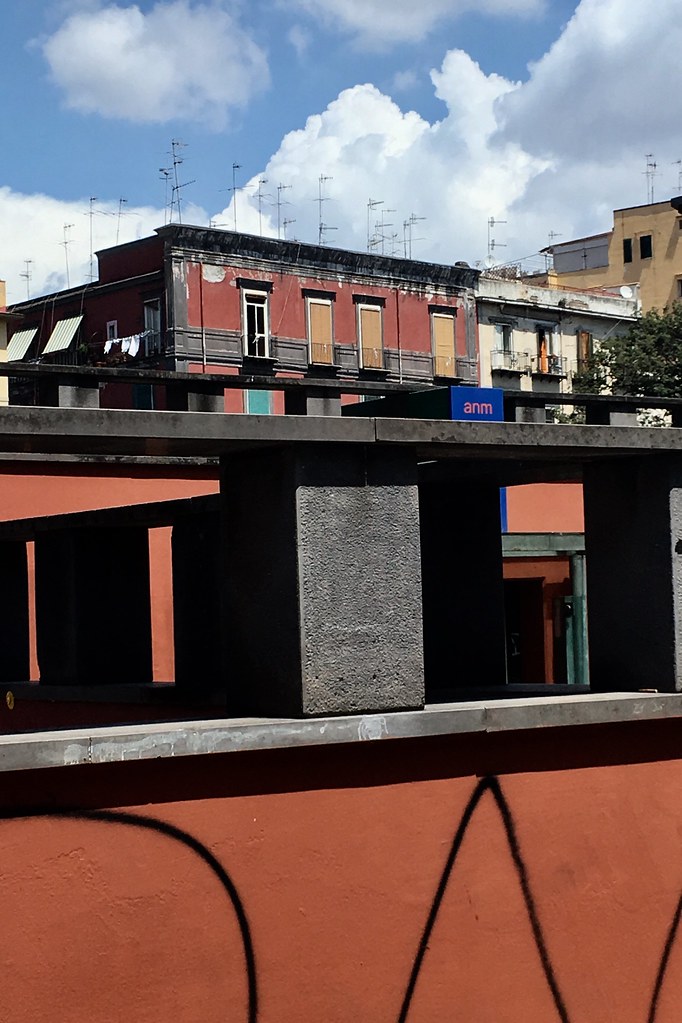
Near far [Italy]: photo by Andrew Murr, 26 July 2017
"But how far do I have to go?"
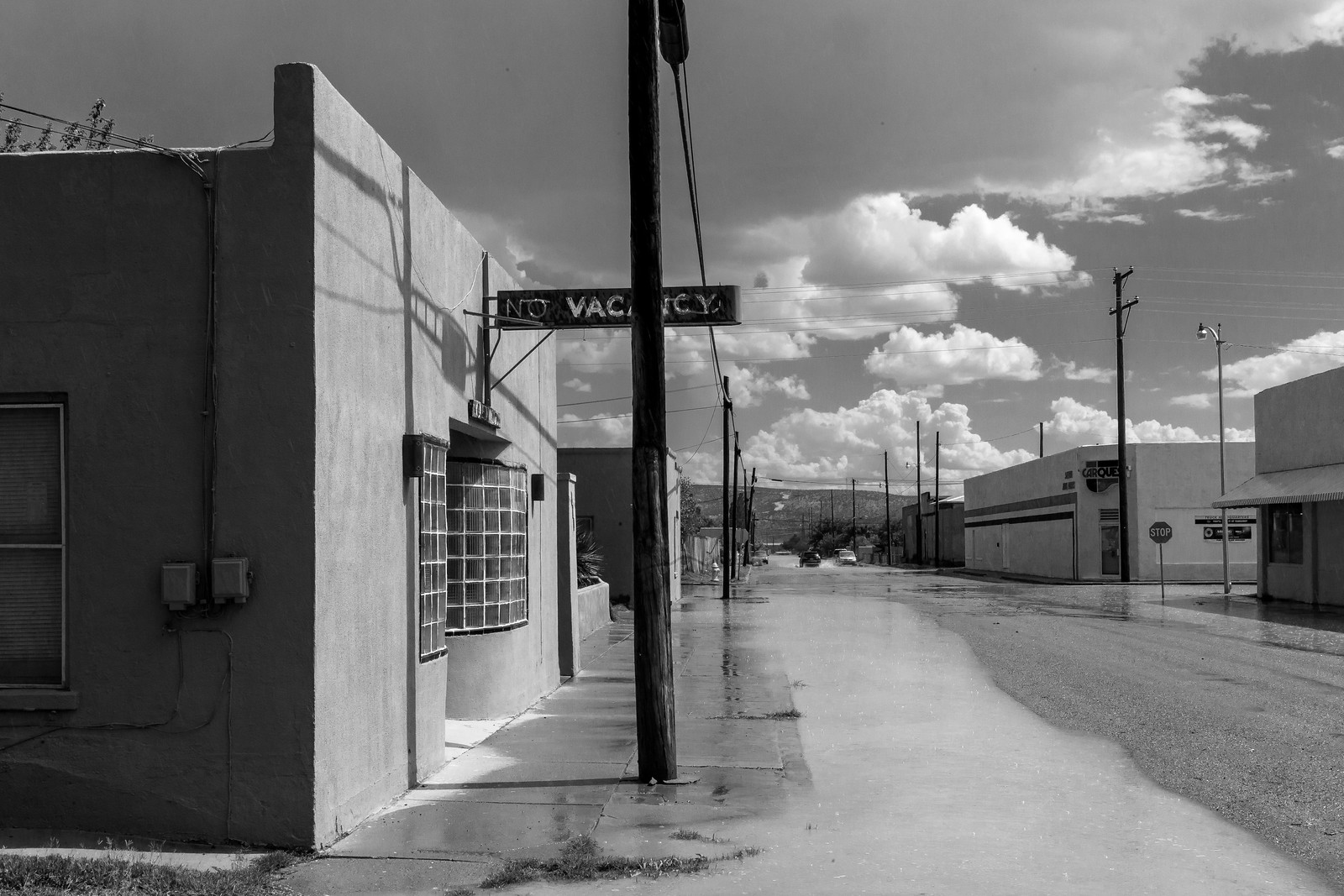
Truth or Consequences, New Mexico: photo by Jorge Guadalupe Lizárraga, July 2017

Truth or Consequences, New Mexico: photo by Jorge Guadalupe Lizárraga, July 2017

Truth or Consequences, New Mexico: photo by Jorge Guadalupe Lizárraga, July 2017
"But how far do I have to go?"
He shook his head and pushed me out the door
With eyes as blue as the sky
And as big as all Utah.
The wind hummed Mood Indigo
As he left me in a cloud of dust,
Rubbing my eyes
And checking my manuscript book.
I walked as far as Truth or Consequences.
The wind bit and stung me.
Bugs bit into my skin.
The desert was wide, quiet.
I saw it as a job.
I kept on walking.
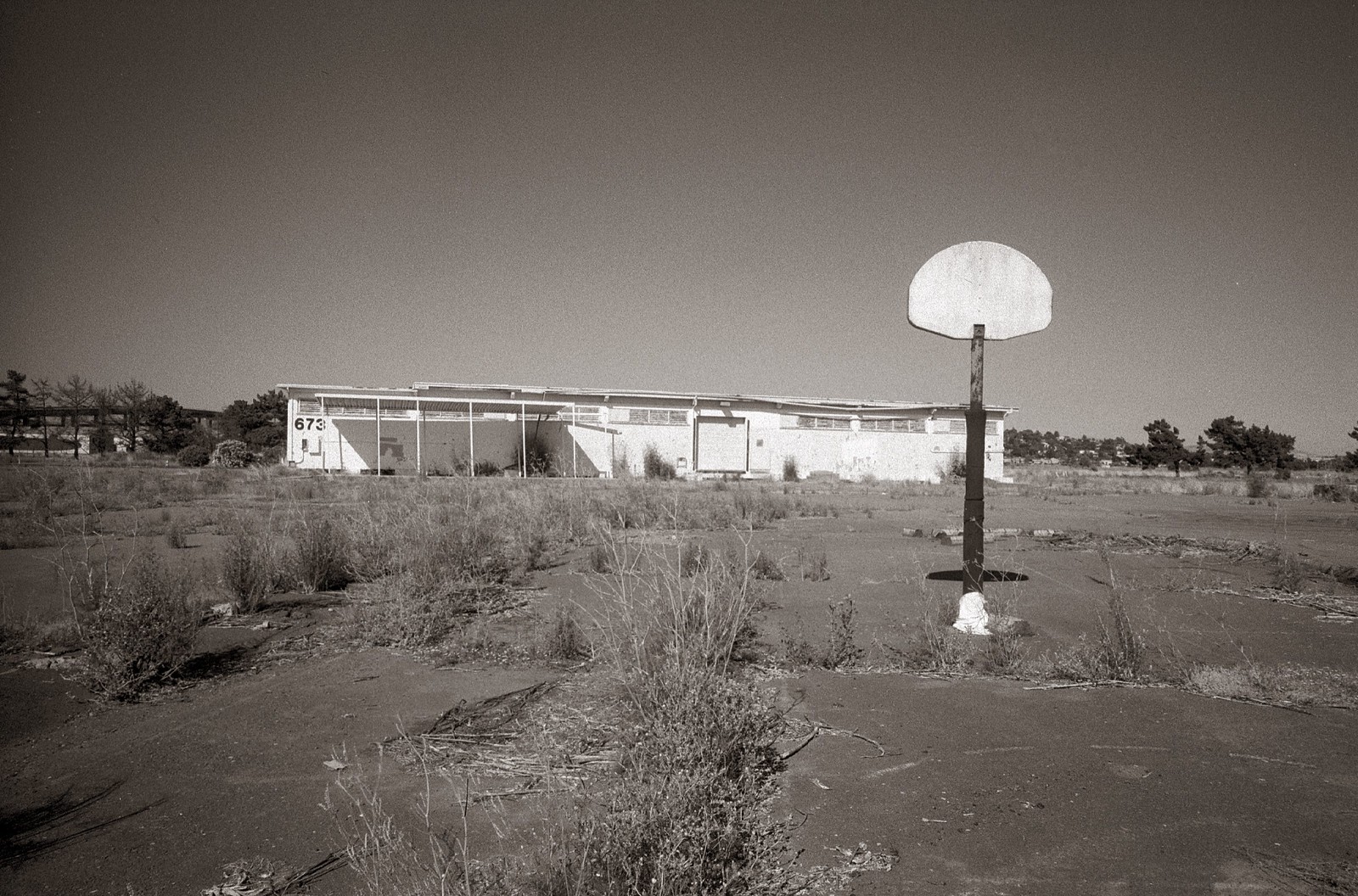
Basketball (Building 673). [Mare Island, Vallejo, Ca.]: photo by efo, July 2017

Basketball (Building 673). [Mare Island, Vallejo, Ca.]: photo by efo, July 2017

Basketball (Building 673). [Mare Island, Vallejo, Ca.]: photo by efo, July 2017
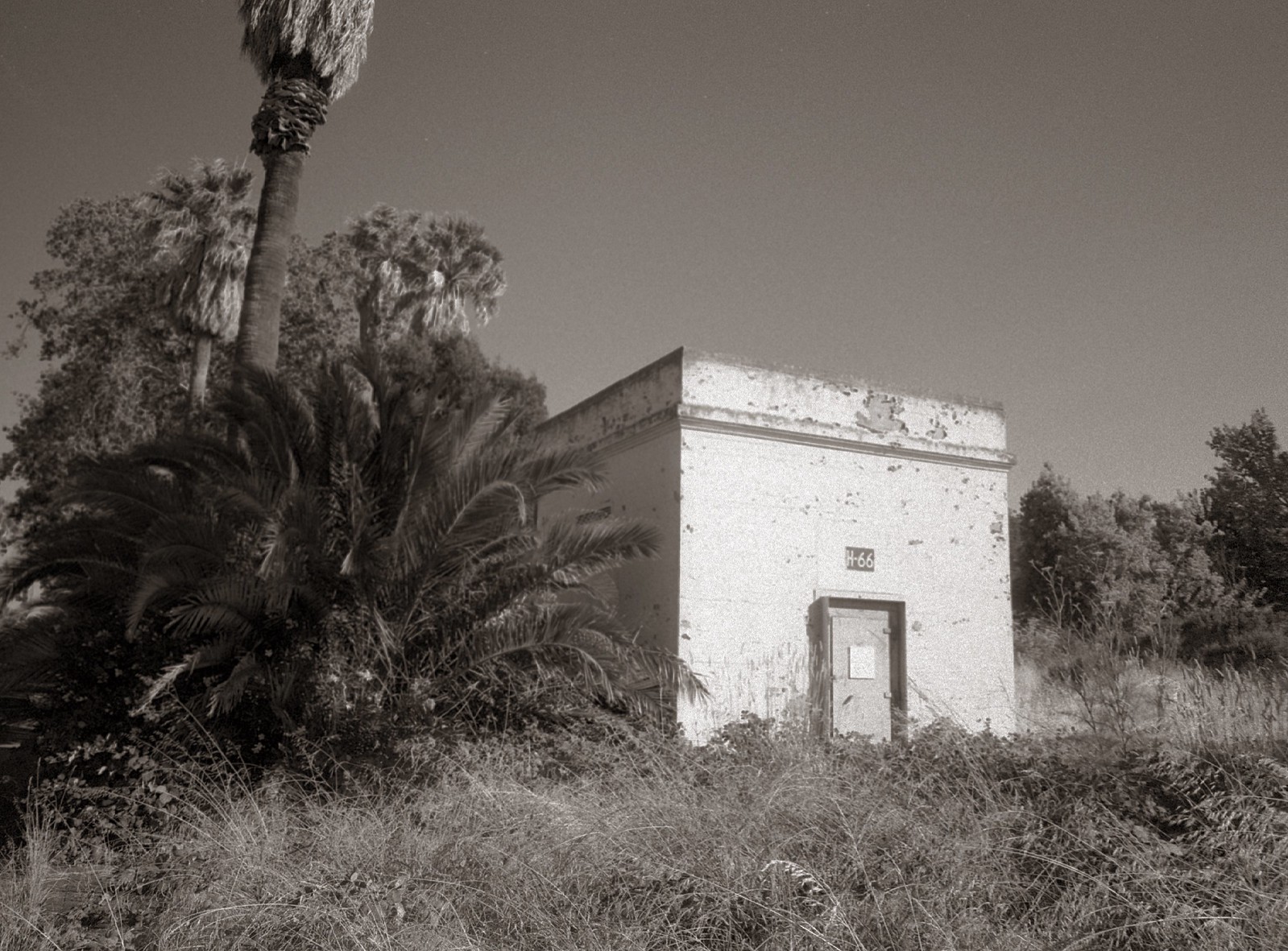
Building H-66. Mare Island.: photo by efo, July 2017

Building H-66. Mare Island.: photo by efo, July 2017

Building H-66. Mare Island.: photo by efo, July 2017
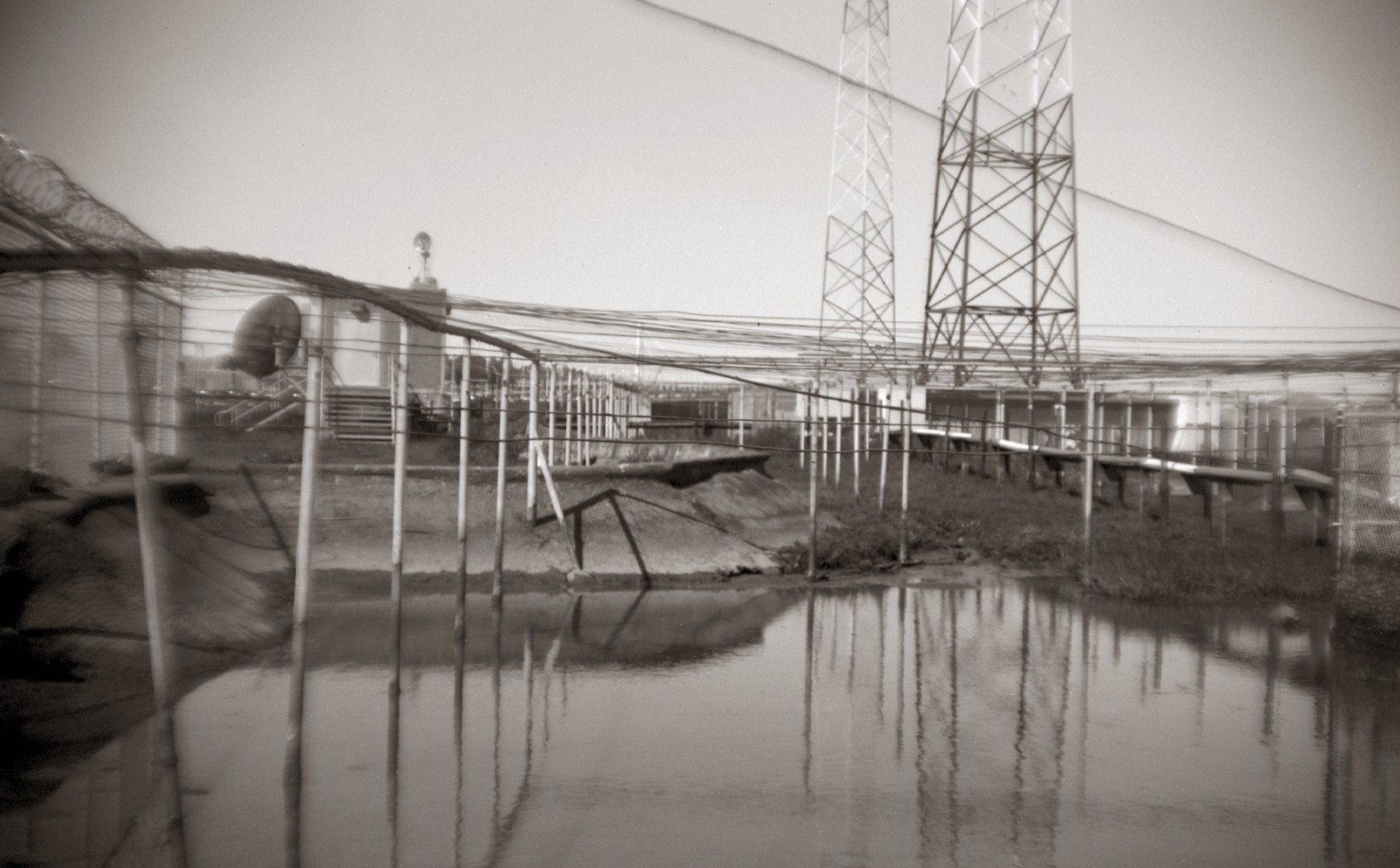
Radio beach no. 1 [Oakland, Ca.]: photo by efo, April 2017

Radio beach no. 1 [Oakland, Ca.]: photo by efo, April 2017

Radio beach no. 1 [Oakland, Ca.]: photo by efo, April 2017
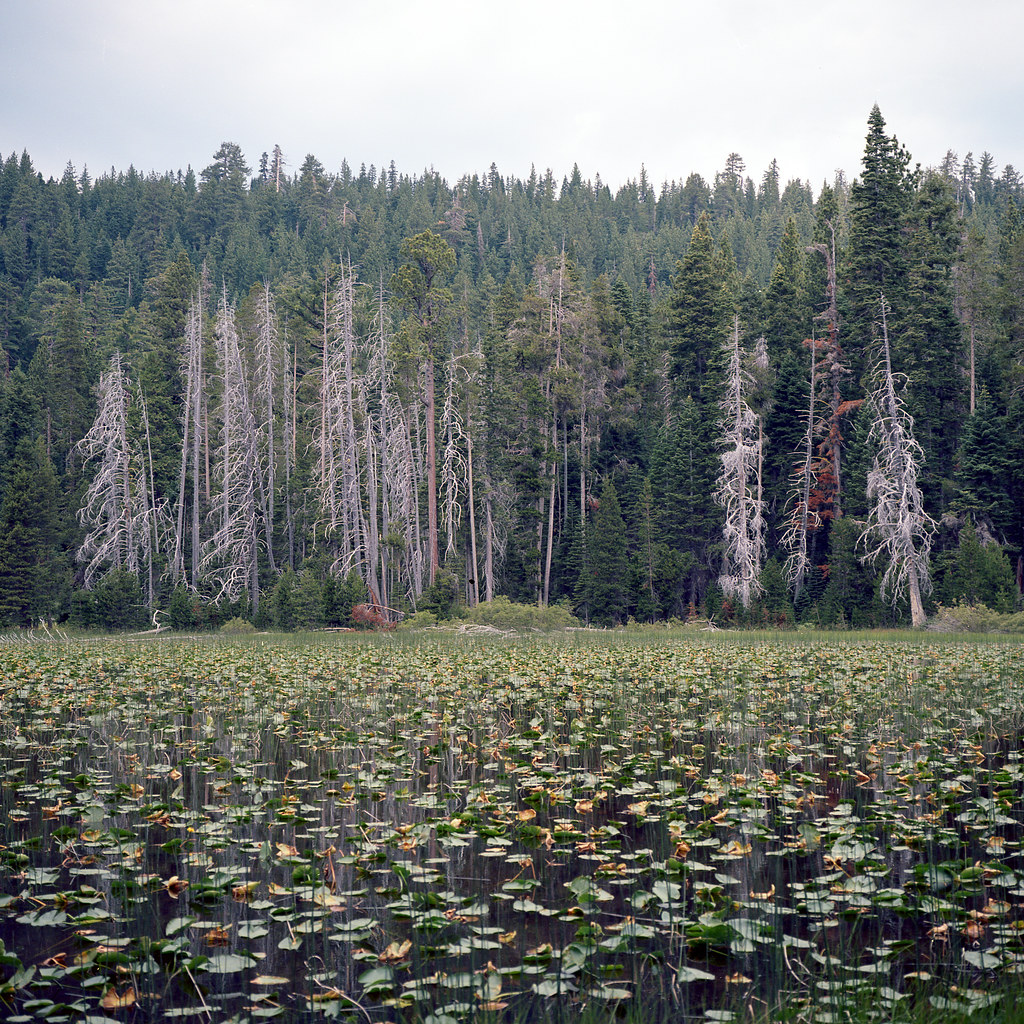
2017-157. Lake Tahoe, CA.: photo by biosfear, 5 August 2017
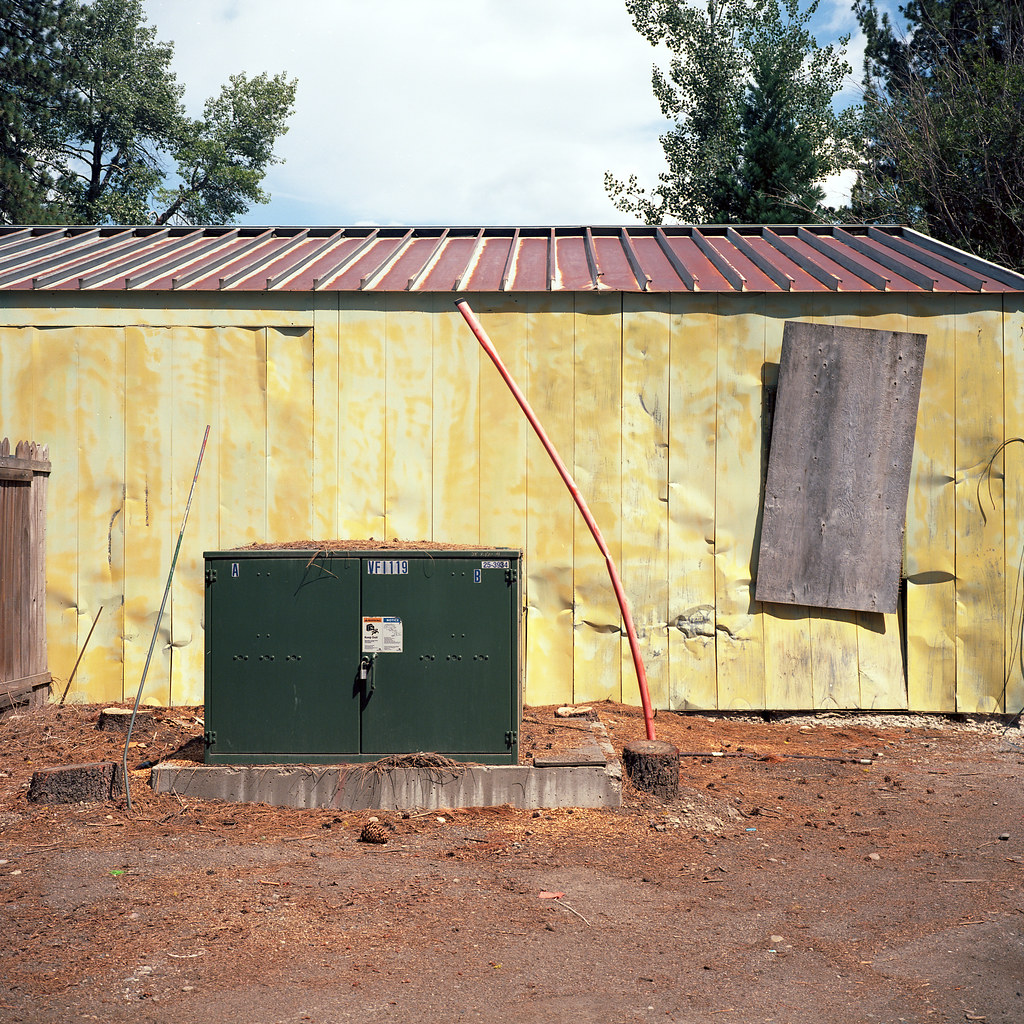
2017-159. Tahoe City, CA.: photo by biosfear, 6 August 2017
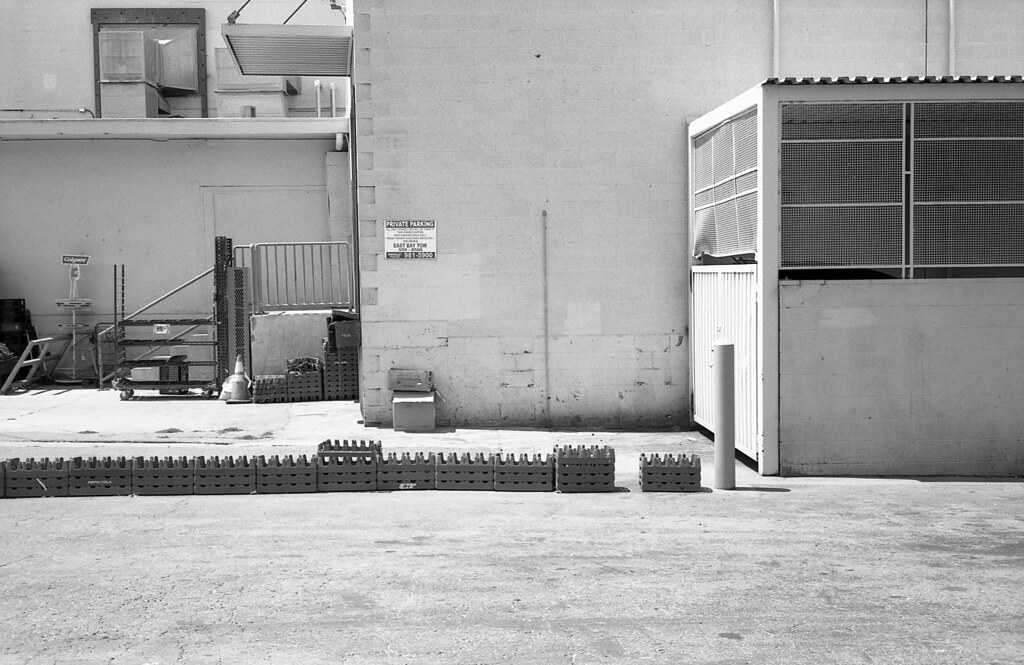
2017-153. Berkeley, CA.: photo by biosfear, July 2017
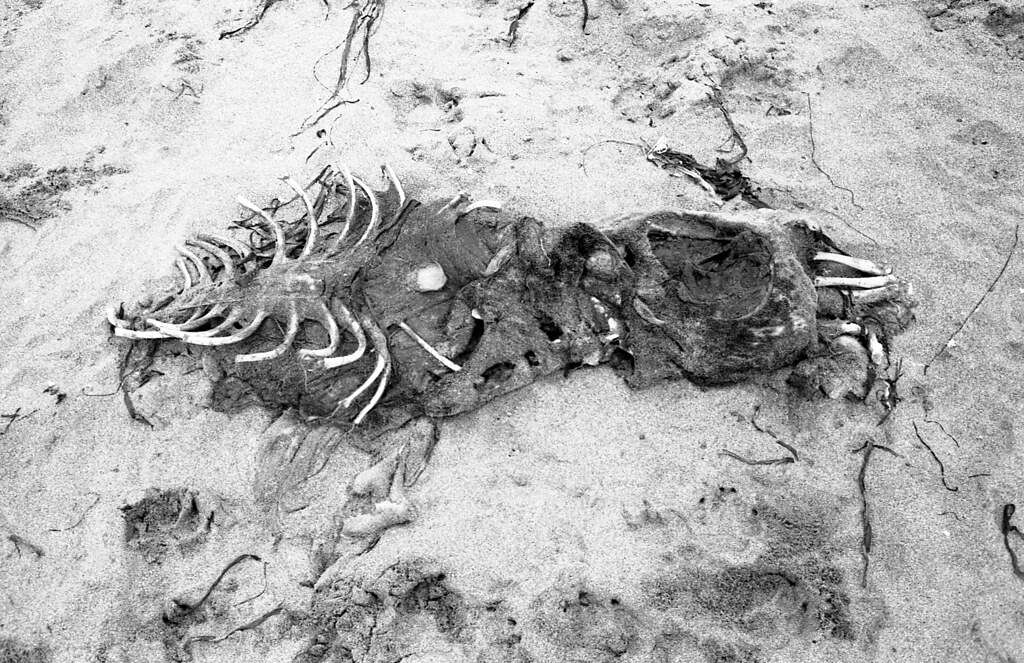
2017-155. Dillon Beach, CA.: photo by biosfear, July 2017
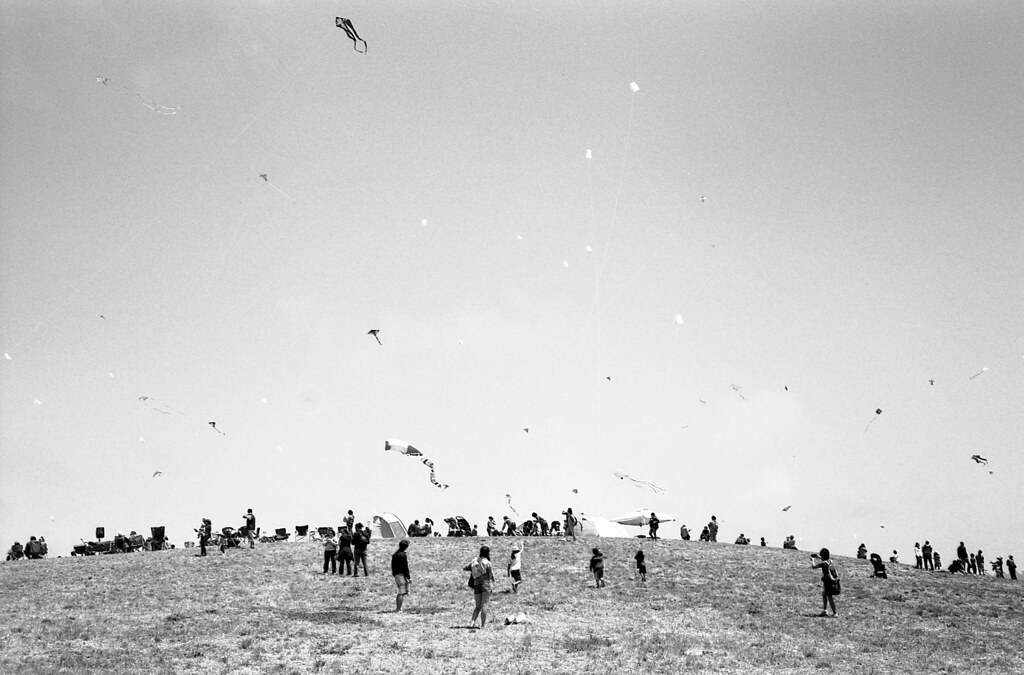
2017-156. Berkeley, CA.: photo by biosfear, 29 July 2017

01.41 Arnaud Rebotini - the choir of the dead lovers: photo by lautrehidalgo, 5 August 2017

01.41 Arnaud Rebotini - the choir of the dead lovers: photo by lautrehidalgo, 5 August 2017

01.41 Arnaud Rebotini - the choir of the dead lovers: photo by lautrehidalgo, 5 August 2017
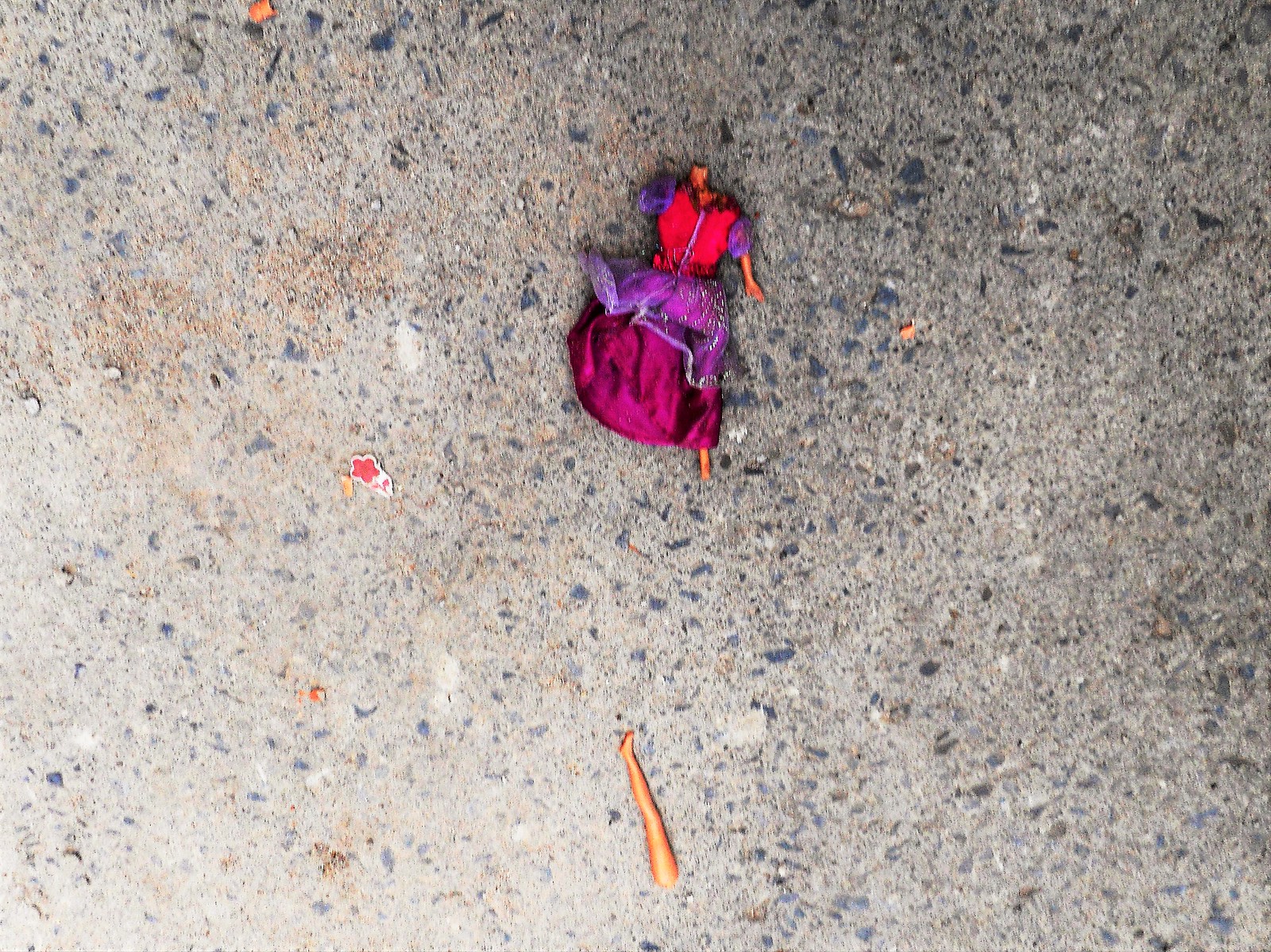
Death in the Afternoon [Montreal]: photo by navejo, 22 July 2017

Death in the Afternoon [Montreal]: photo by navejo, 22 July 2017

Death in the Afternoon [Montreal]: photo by navejo, 22 July 2017

DSCF8570: photo by ALBERTO VELARDI, 9 July 2017

DSCF8570: photo by ALBERTO VELARDI, 9 July 2017

DSCF8570: photo by ALBERTO VELARDI, 9 July 2017

Muang Thong Thani 2017: photo by Jatuporn Pateepaparnee, 24 July 2017

Muang Thong Thani 2017: photo by Jatuporn Pateepaparnee, 24 July 2017

Muang Thong Thani 2017: photo by Jatuporn Pateepaparnee, 24 July 2017
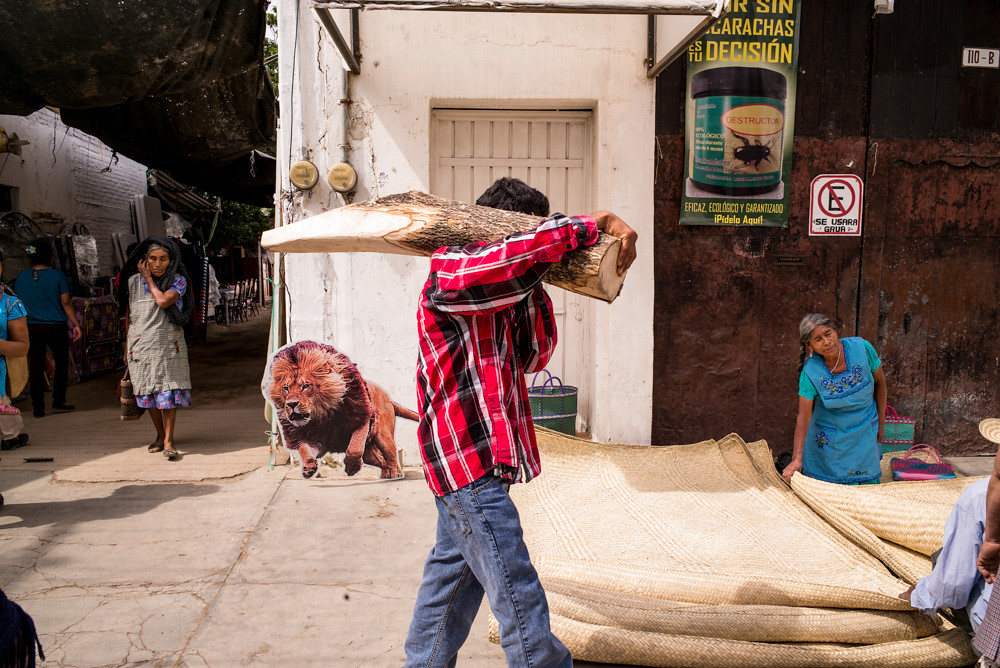
Ocotlan, Mexico: photo by Ed Peters, 12 May 2017
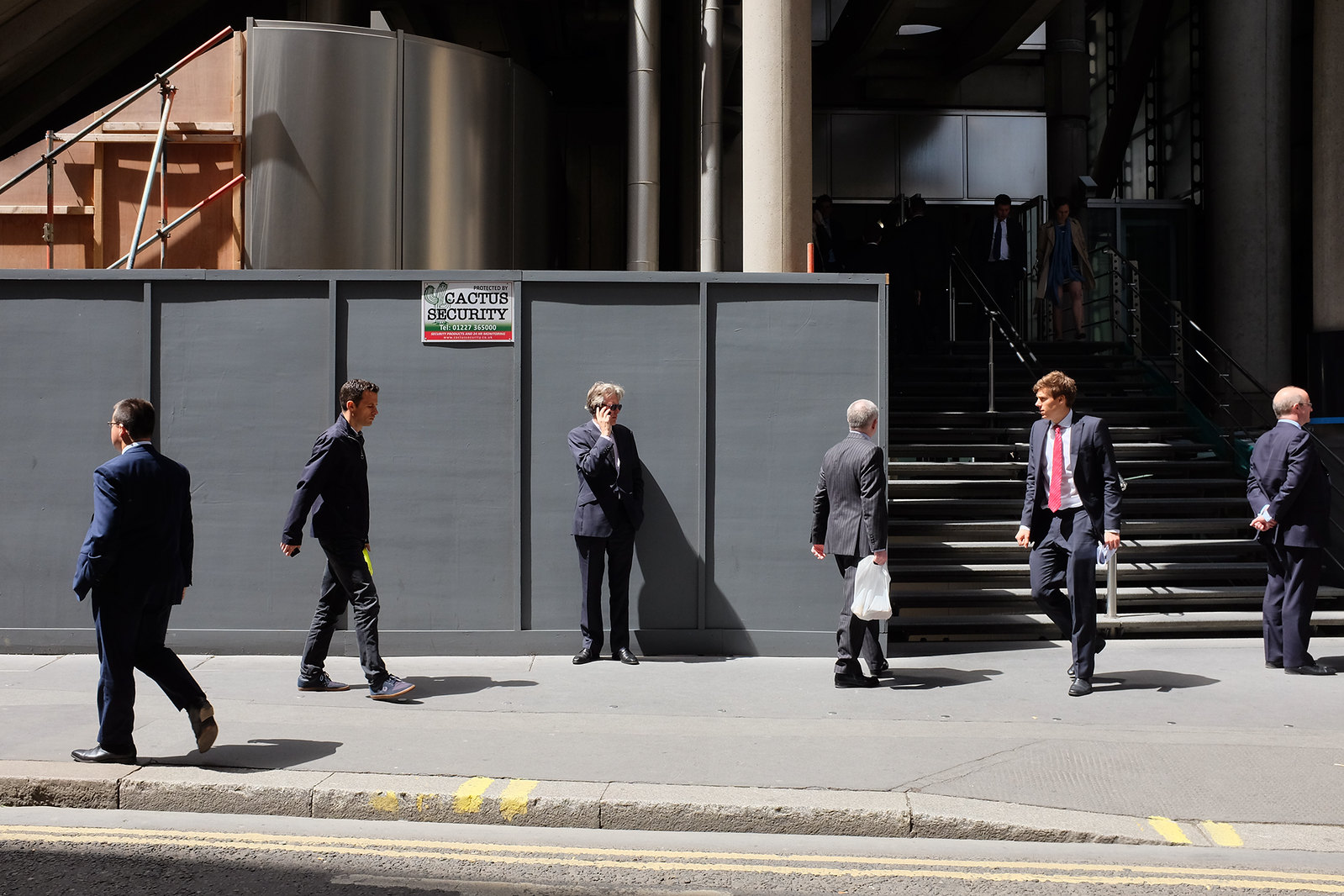
Lime(6)150615: photo by streetmax, 15 June 2015

Lime(6)150615: photo by streetmax, 15 June 2015

Lime(6)150615: photo by streetmax, 15 June 2015
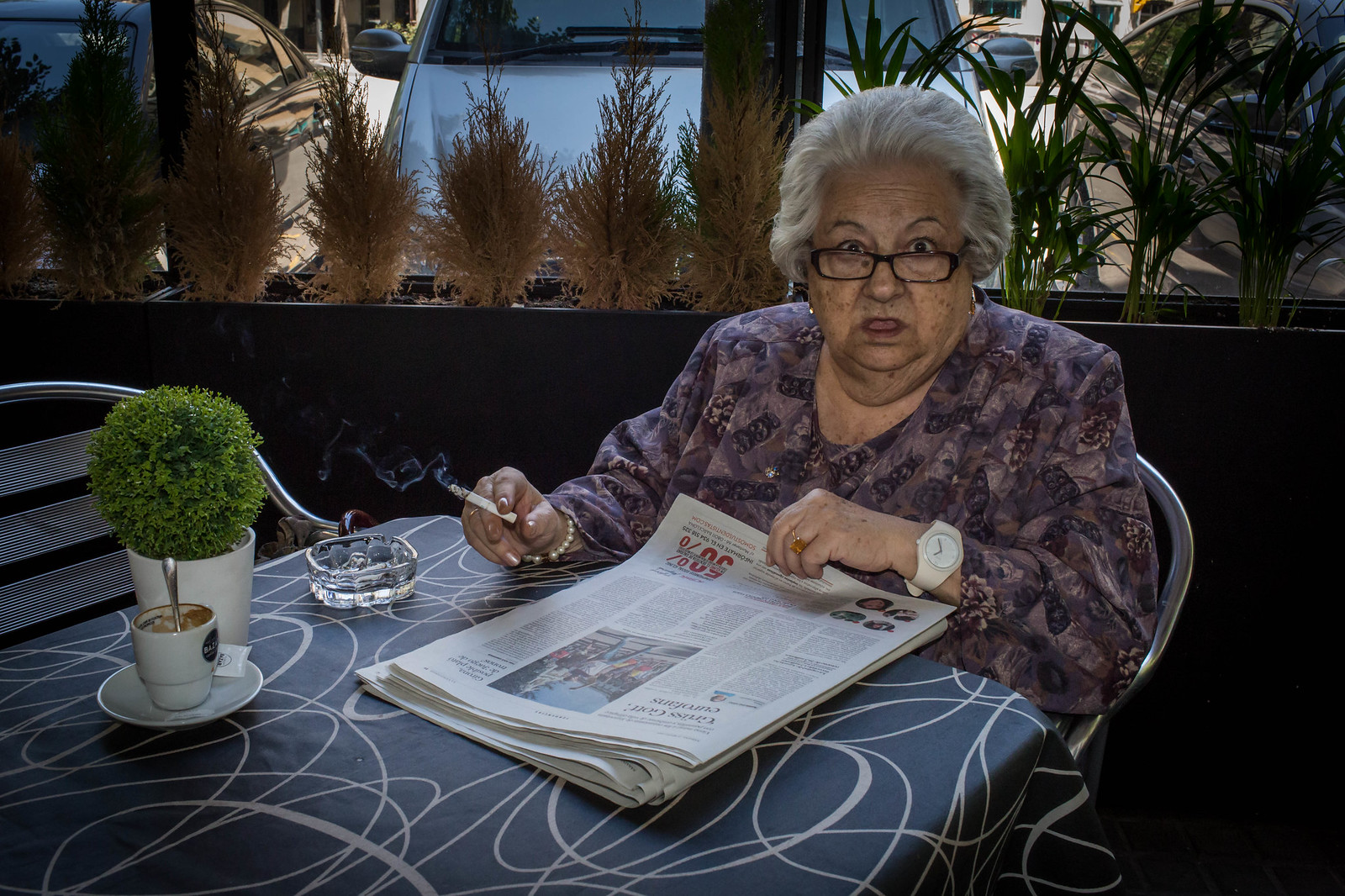
[Barcelona]: photo by Dimitris Makrygiannakis, 23 May 2015

[Barcelona]: photo by Dimitris Makrygiannakis, 23 May 2015

[Barcelona]: photo by Dimitris Makrygiannakis, 23 May 2015

A couple dressed in traditional 'chulapo' attire, typical in Madrid, dance as they take part in a religious procession during festivities in honor of local patron San Lorenzo, Saint Lawrence, in Madrid, Thursday, Aug. 10, 2017. The festivities are part of a week-long street fiesta which includes dancing eating and drinking along with cultural events and religious processions.: photo by Francisco Seco/AP, 10 August 2017
Young people on the Brooklyn waterfront on Sept. 11: photo by Thomas Hoepker, 11 September 2001
Young people on the Brooklyn waterfront on Sept. 11: photo by Thomas Hoepker, 11 September 2001

Sparse vegetation in the gypsum dunes of White Sands National Monument: photo by Daniel Schwen, 4 April 2004

Smoke
from the Las Conchas fire turns the setting sun red over the Jemez
Mountains behind the town of Los Alamos, New Mexico: photo by Jim
Thompson/Albuquerque Journal via Associated Press, 28 June 2011

Sunset over White Sands National Monument, New Mexico: photo by Franzinho, 22 August 2009

Nuclear weapon test Mike (yield 10.4 Mt) on Enewetak Atoll. The test was part of Operation Ivy. Mike was the first hydrogen bomb ever tested, an experimental device not suitable for use as a weapon: photo by Federal Government of the United States, 1 November 1952, 07:14 (National Security Administration Nevada Site Office Photo Library)


Ivy Mike: fireball created by Mike (10 megatons), first thermonuclear weapon, detonated Marshall Islands, October 31/November 1, 1952 for US Operation Ivy: photo via U. S. Department of Energy

Red sunrise over the Black Sea: photo by Moise Nicu, 2009

Solar corona: photo animation by Tomruen, 2005
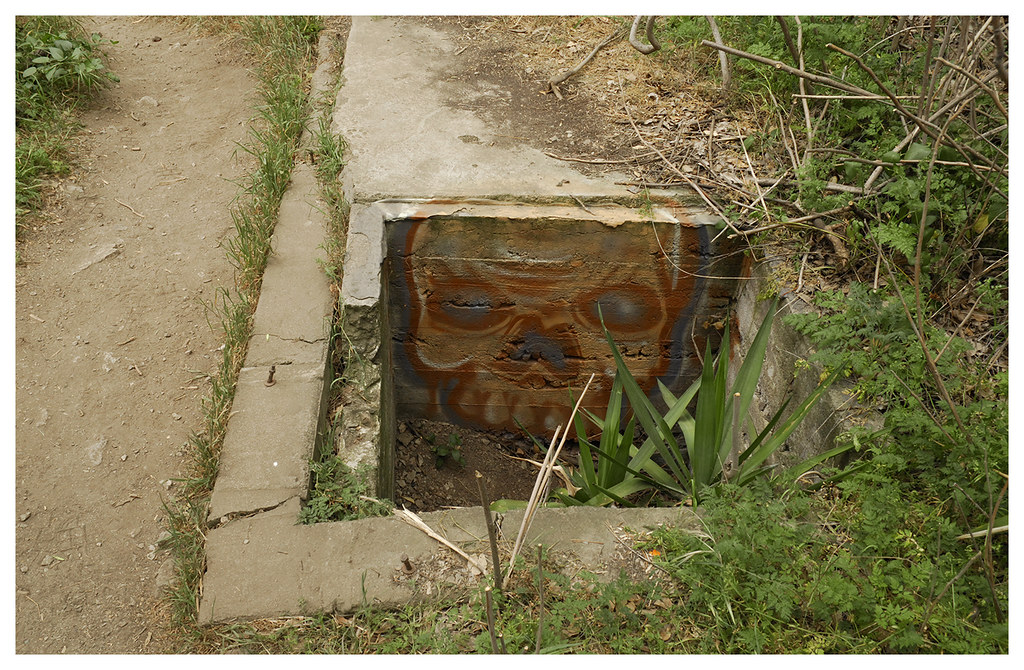
Duarte_0151 (Ca.): photo by Thomas Willard, 7 April 2015
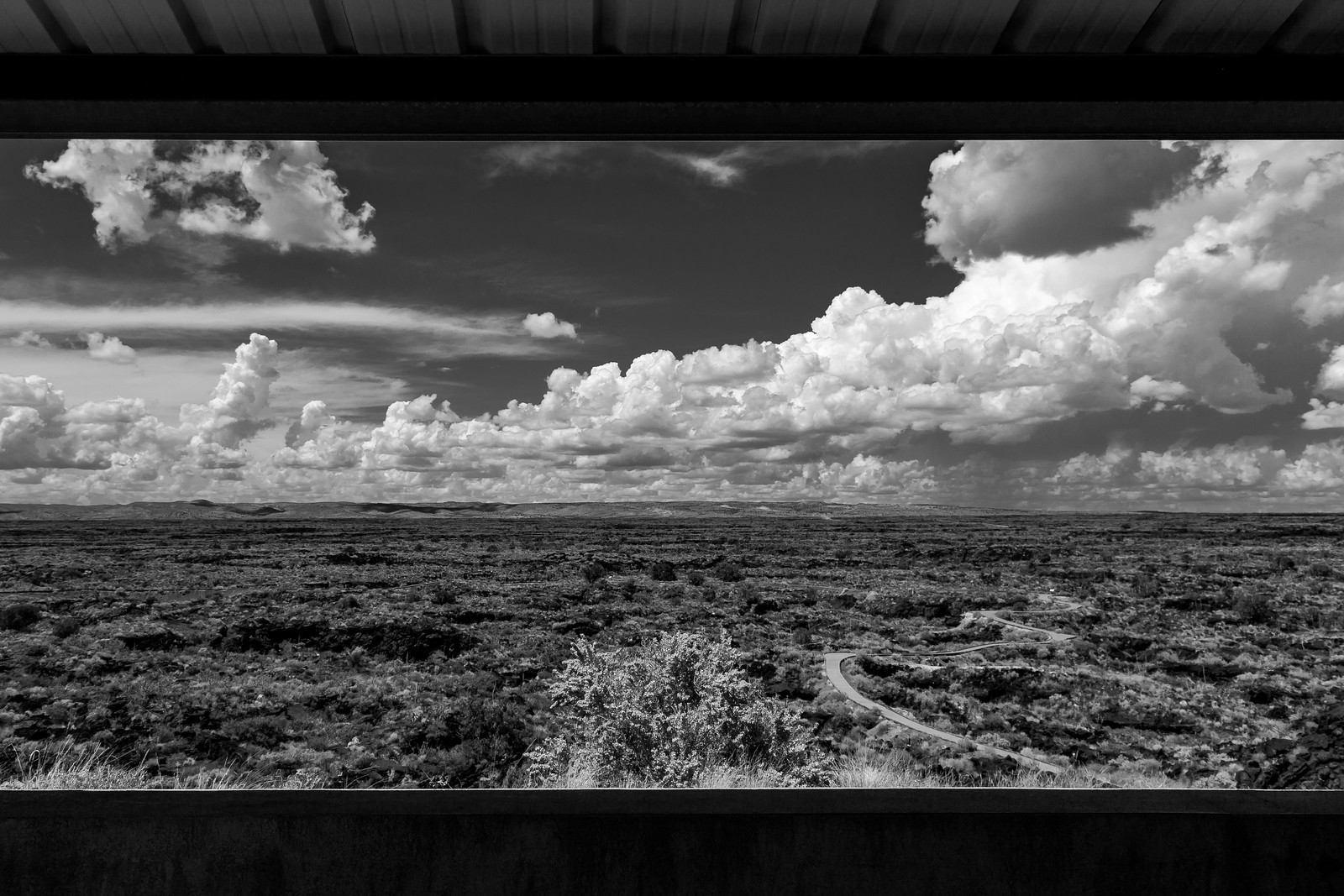
Valley of Fires, New Mexico: photo by Jorge Guadalupe Lizárraga, August 2016


Valley of Fires, New Mexico: photo by Jorge Guadalupe Lizárraga, August 2016

Sparse vegetation in the gypsum dunes of White Sands National Monument: photo by Daniel Schwen, 4 April 2004

The
bridge that separates the town of Los Alamos, New Mexico, from Los Alamos
National Laboratory is shrouded in smoke from the Las Conchas wildfire: photo by Craig Fritz/Reuters, 28 June 2011

Sunset over White Sands National Monument, New Mexico: photo by Franzinho, 22 August 2009

Nuclear weapon test Mike (yield 10.4 Mt) on Enewetak Atoll. The test was part of Operation Ivy. Mike was the first hydrogen bomb ever tested, an experimental device not suitable for use as a weapon: photo by Federal Government of the United States, 1 November 1952, 07:14 (National Security Administration Nevada Site Office Photo Library)

Ivy King:
fireball created by King (500 kilotons), very high-yield pure fission
bomb, detonated Marshall Islands, November 15, 1952 for US Operation Ivy : photo via U. S. Department of Energy
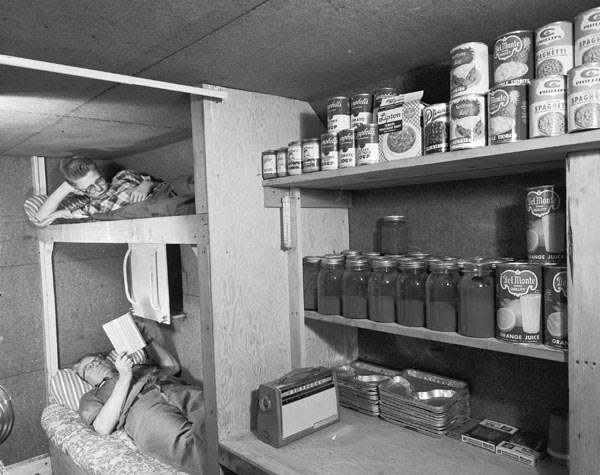
"Fallout shelter built by Louis Severance adjacent to his home near Akron, Michigan includes a special ventilation and escape hatch, an entrance to his basement, tiny kitchen, running water, sanitary facilities, and a sleeping and living area for the family of four. The shelter cost about $1,000. It has a 10-inch reinforced concrete ceiling with thick earth cover and concrete walls. Severance says, 'Ever since I was convinced what damage H-Bombs can do, I've wanted to build the shelter. Just as with my chicken farm, when there's a need I build it.": photographer unknown, c. 1960 (National Archives and Records Administration, Records of the Defense Civil Preparedness Agency)

"Fallout shelter built by Louis Severance adjacent to his home near Akron, Michigan includes a special ventilation and escape hatch, an entrance to his basement, tiny kitchen, running water, sanitary facilities, and a sleeping and living area for the family of four. The shelter cost about $1,000. It has a 10-inch reinforced concrete ceiling with thick earth cover and concrete walls. Severance says, 'Ever since I was convinced what damage H-Bombs can do, I've wanted to build the shelter. Just as with my chicken farm, when there's a need I build it.": photographer unknown, c. 1960 (National Archives and Records Administration, Records of the Defense Civil Preparedness Agency)

Ivy Mike: fireball created by Mike (10 megatons), first thermonuclear weapon, detonated Marshall Islands, October 31/November 1, 1952 for US Operation Ivy: photo via U. S. Department of Energy

Red sunrise over the Black Sea: photo by Moise Nicu, 2009
Hiroshima -- August 6th, 1945: Father John A. Siemes, Professor of Modern Philosophy, Catholic University of Tokyo
Up to August 6th, occasional bombs, which did no great damage, had
fallen on Hiroshima. Many cities roundabout, one after the other, were
destroyed, but Hiroshima itself remained protected. There were almost
daily observation planes over the city but none of them dropped a bomb.
The citizens wondered why they alone had remained undisturbed for so
long a time. There were fantastic rumors that the enemy had something
special in mind for this city, but no one dreamed that the end would
come in such a fashion as on the morning of August 6th.
August 6th began in a bright, clear, summer morning. About seven
o'clock, there was an air raid alarm which we had heard almost every day
and a few planes appeared over the city. No one paid any attention and
at about eight o'clock, the all-clear was sounded. I am sitting in my
room at the Novitiate of the Society of Jesus in Nagatsuke; during the
past half year, the philosophical and theological section of our Mission
had been evacuated to this place from Tokyo.
The Novitiate is situated
approximately two kilometers from Hiroshima, half-way up the sides of a
broad valley which stretches from the town at sea level into this
mountainous hinterland, and through which courses a river. From my
window, I have a wonderful view down the valley to the edge of the city.
Suddenly -- the time is approximately 8:14 -- the whole valley is filled
by a garish light which resembles the magnesium light used in
photography, and I am conscious of a wave of heat. I jump to the window
to find out the cause of this remarkable phenomenon, but I see nothing
more than that brilliant yellow light.
As I make for the door, it
doesn't occur to me that the light might have something to do with enemy
planes. On the way from the window, I hear a moderately loud explosion
which seems to come from a distance and, at the same time, the windows
are broken in with a loud crash. There has been an interval of perhaps
ten seconds since the flash of light. I am sprayed by fragments of
glass. The entire window frame has been forced into the room. I realize
now that a bomb has burst and I am under the impression that it exploded
directly over our house or in the immediate vicinity.
I am bleeding from cuts about the hands and head. I attempt to get
out of the door. It has been forced outwards by the air pressure and has
become jammed. I force an opening in the door by means of repeated
blows with my hands and feet and come to a broad hallway from which open
the various rooms. Everything is in a state of confusion. All windows
are broken and all the doors are forced inwards. The bookshelves in the
hallway have tumbled down. I do not note a second explosion and the
fliers seem to have gone on. Most of my colleagues have been injured by
fragments of glass. A few are bleeding but none has been seriously
injured. All of us have been fortunate since it is now apparent that the
wall of my room opposite the window has been lacerated by long
fragments of glass...

Solar corona: photo animation by Tomruen, 2005

Duarte_0151 (Ca.): photo by Thomas Willard, 7 April 2015

Valley of Fires, New Mexico: photo by Jorge Guadalupe Lizárraga, August 2016

Valley of Fires, New Mexico: photo by Jorge Guadalupe Lizárraga, August 2016

Valley of Fires, New Mexico: photo by Jorge Guadalupe Lizárraga, August 2016

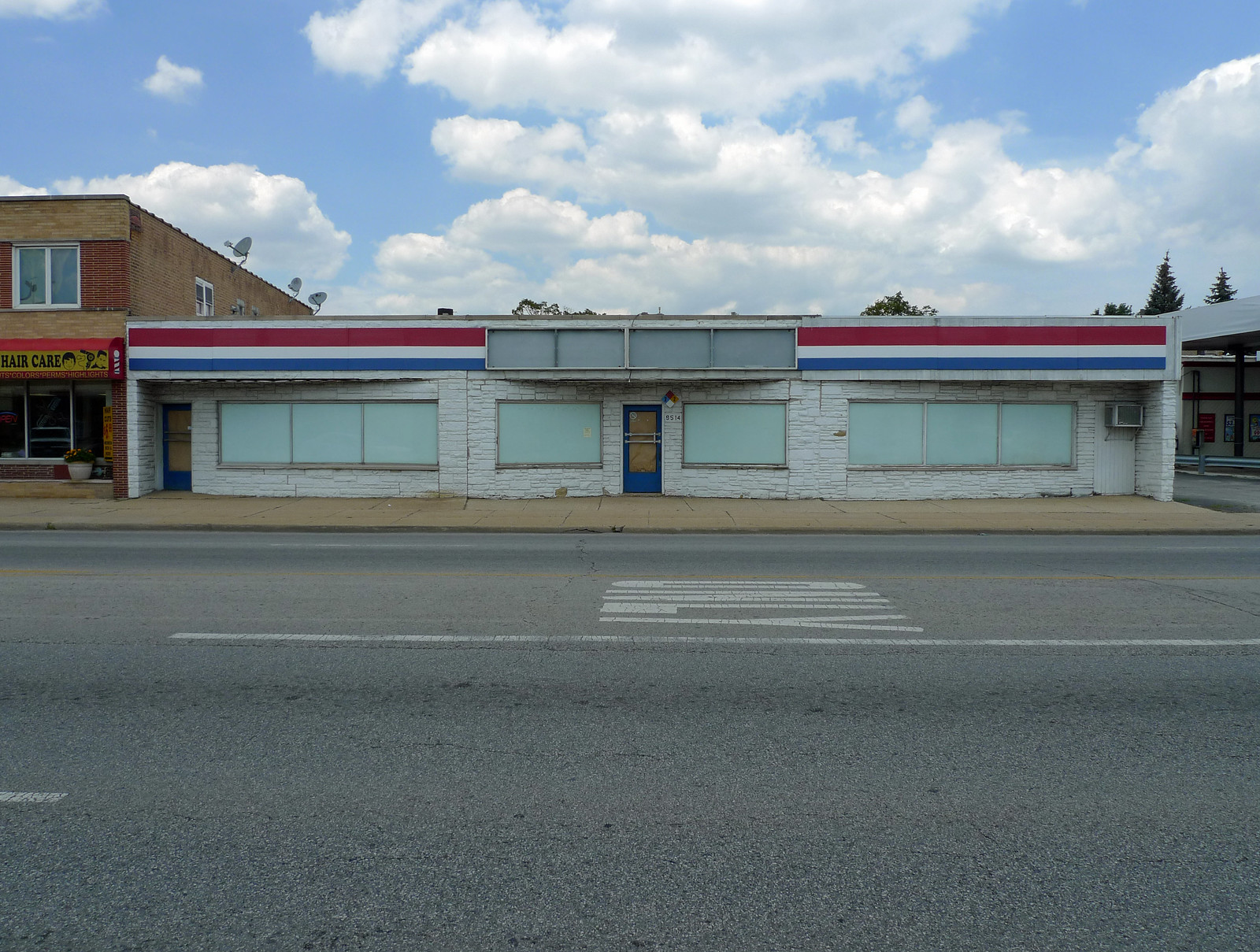
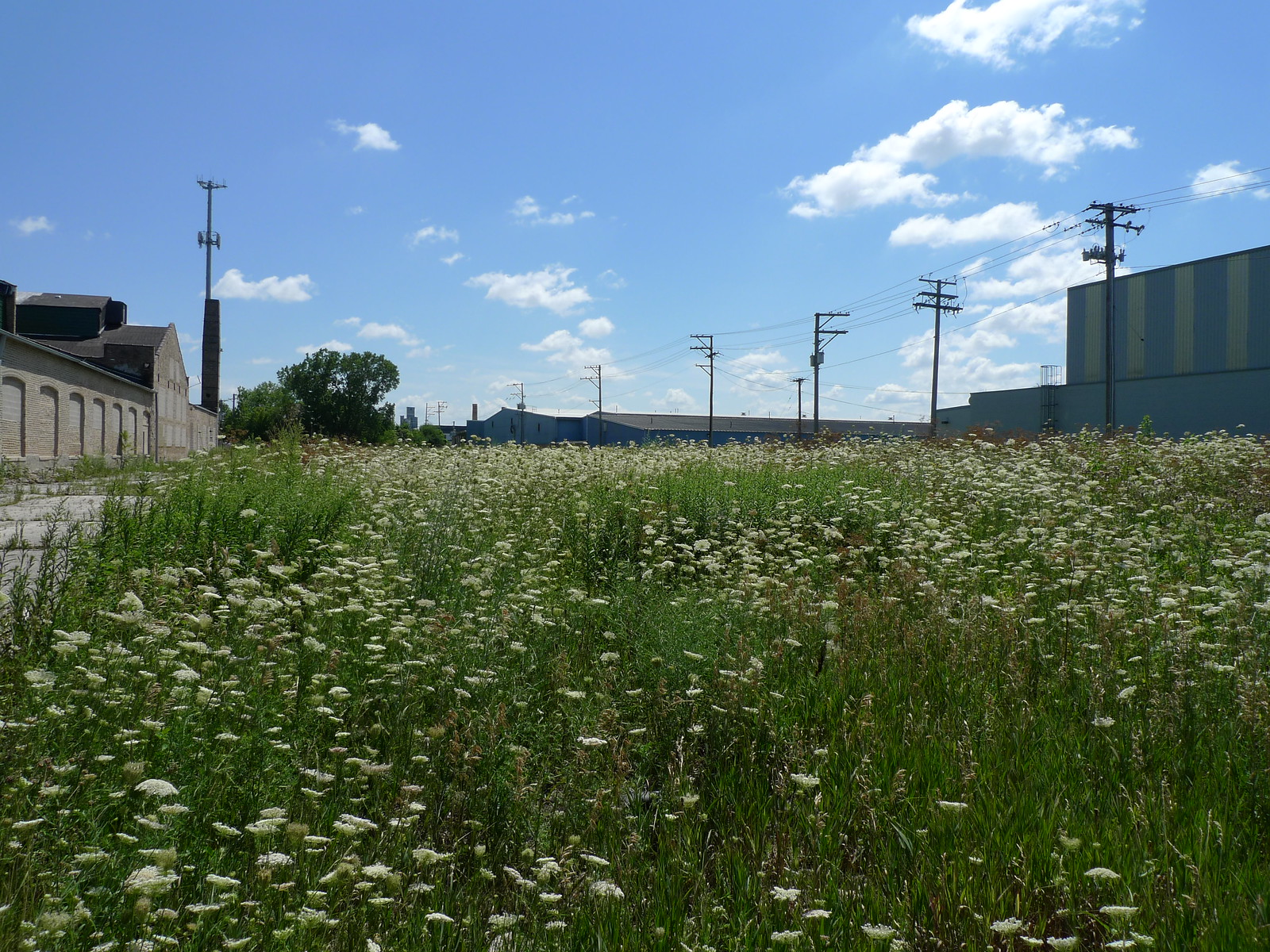

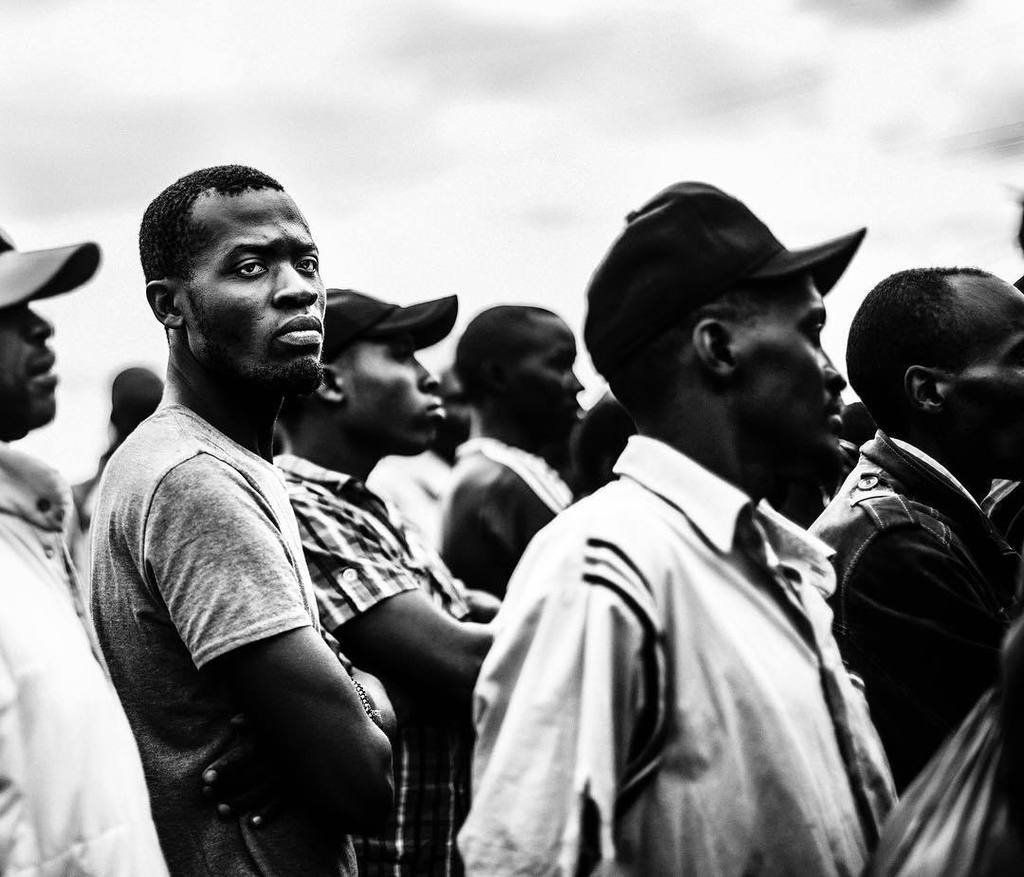

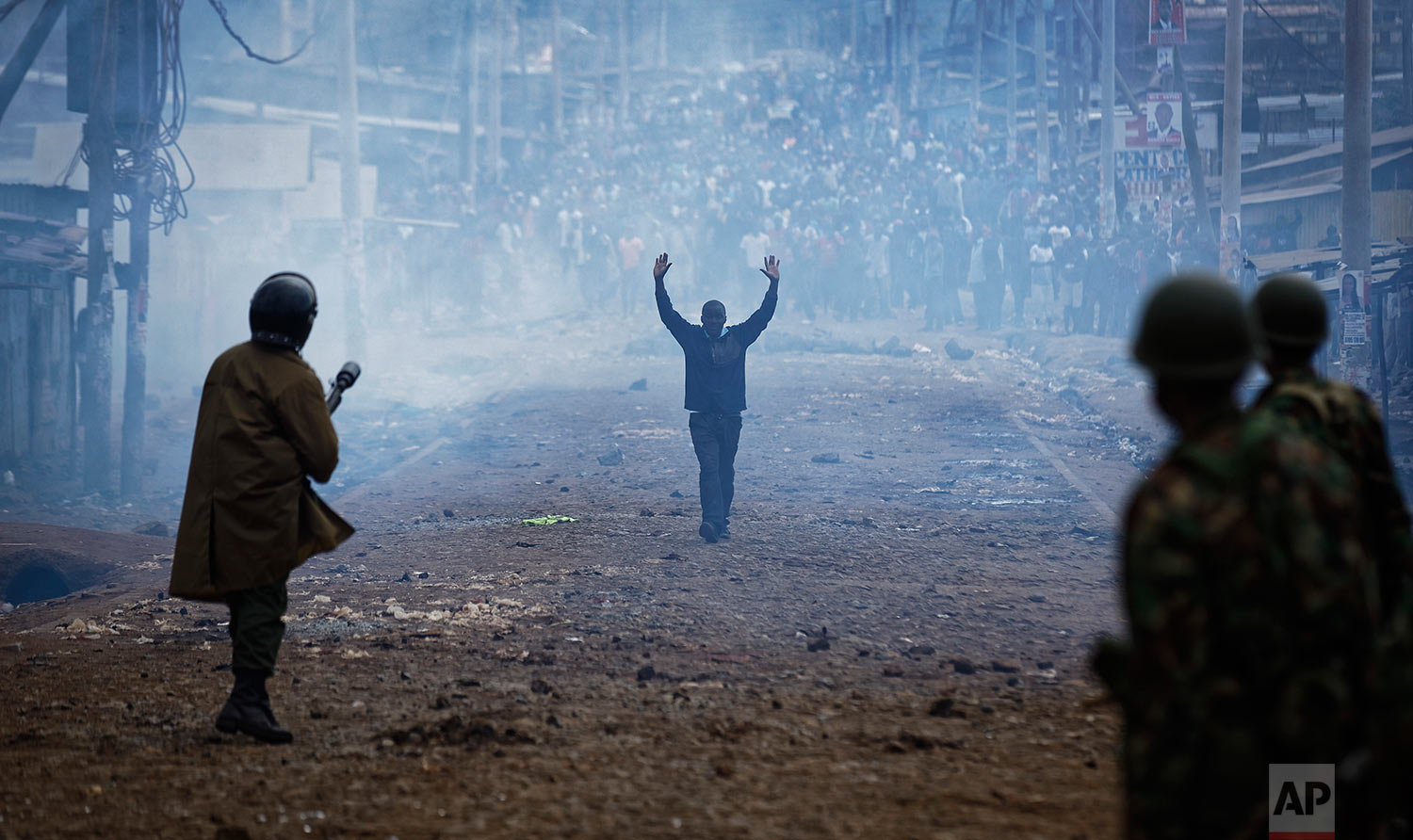
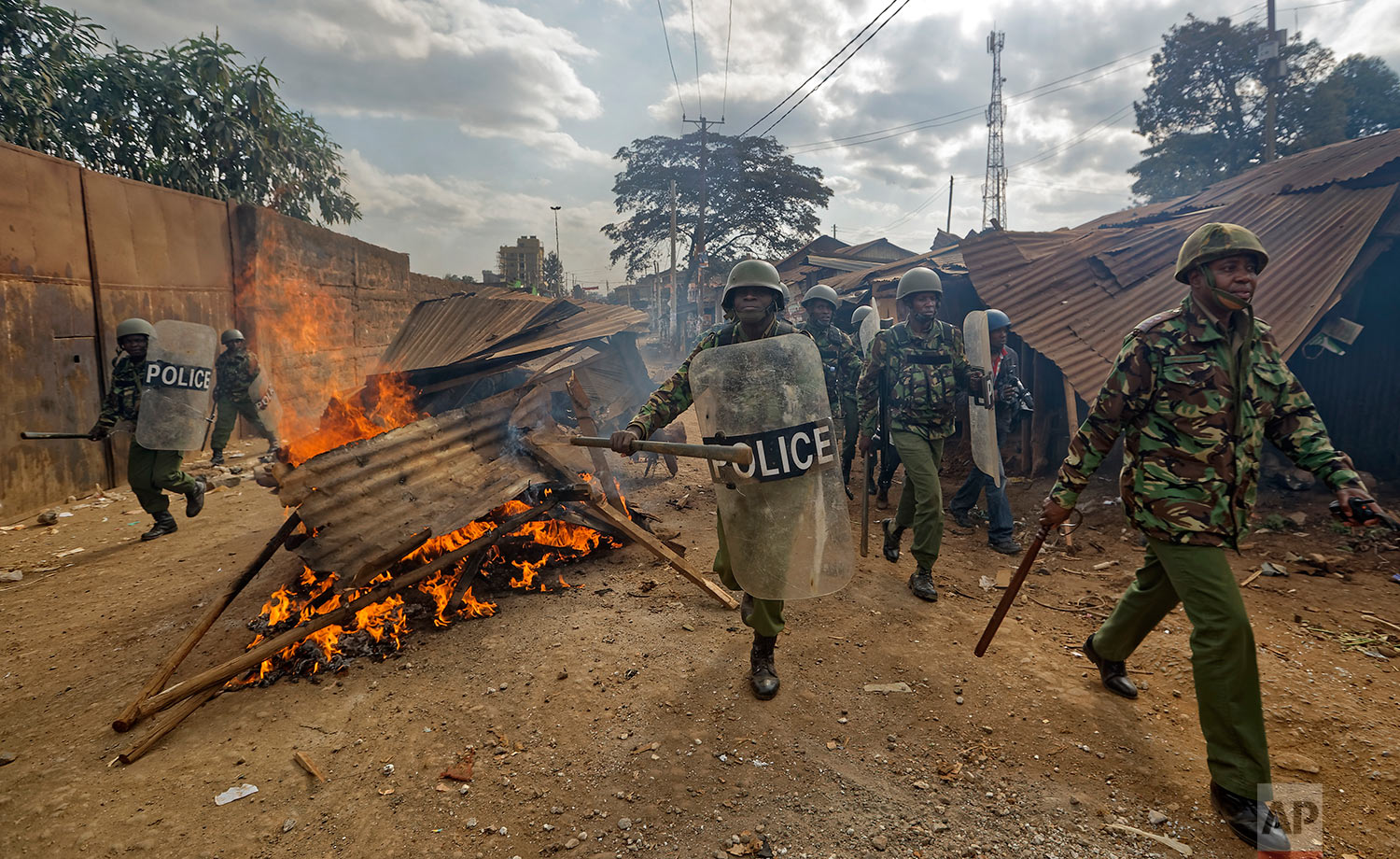
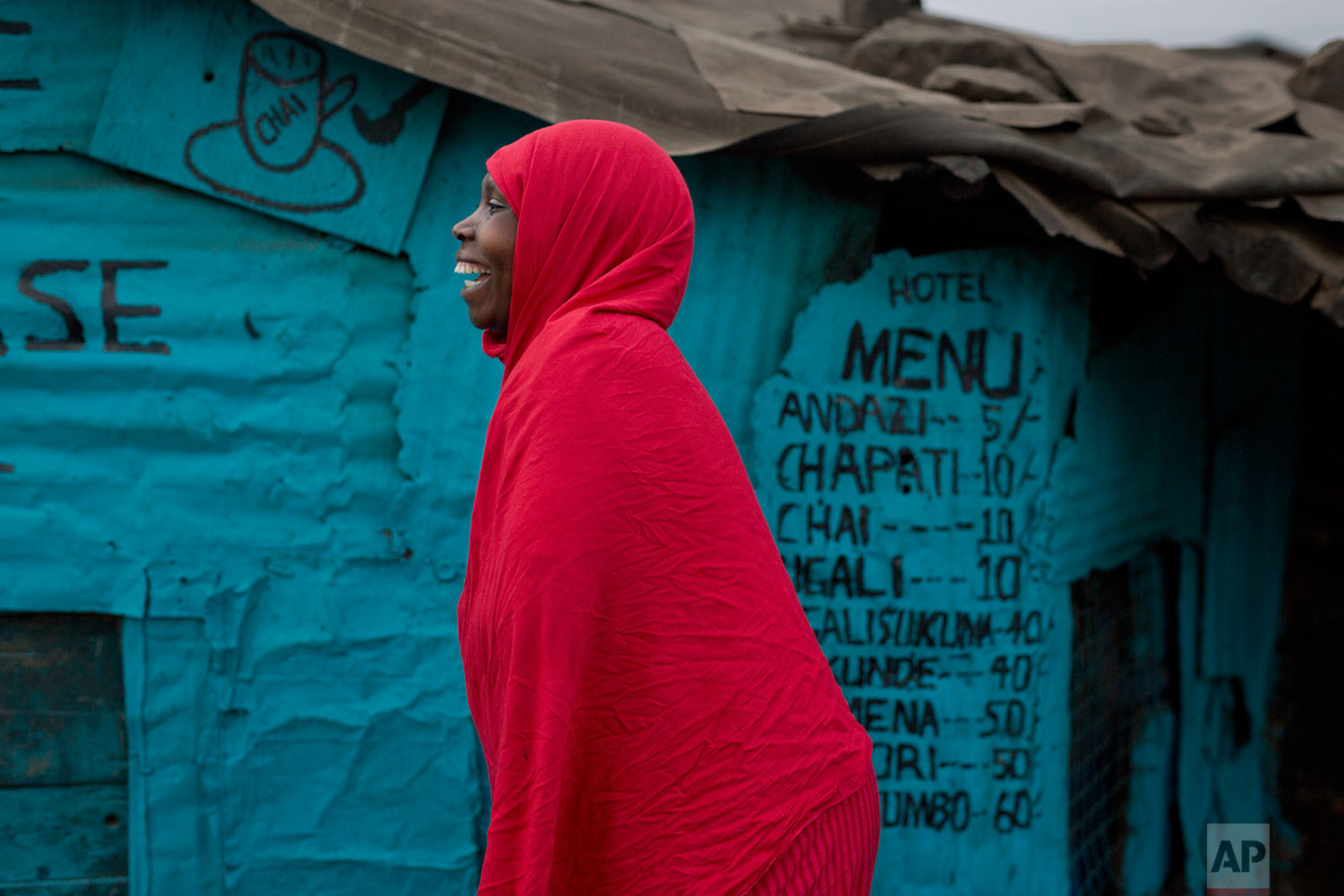
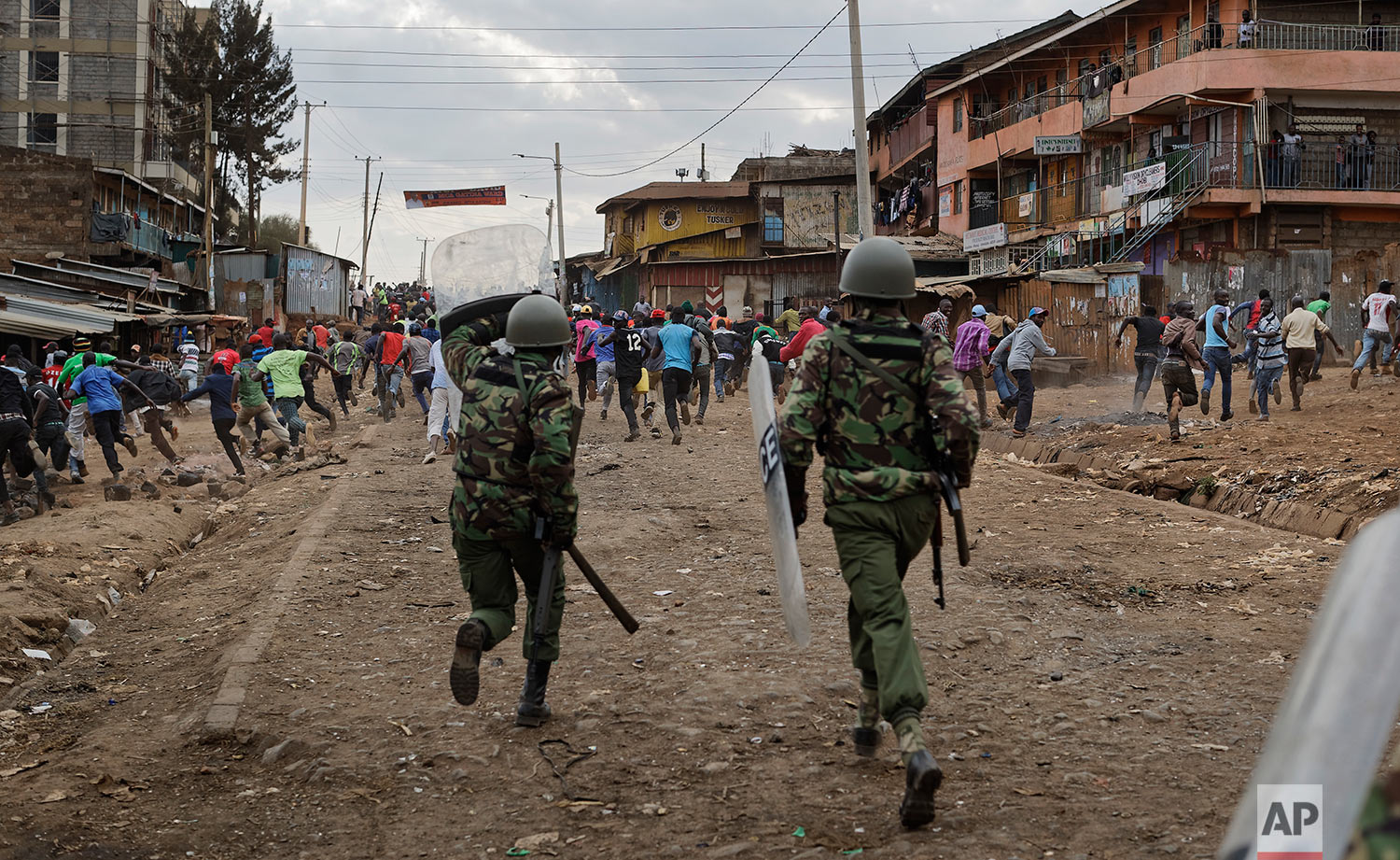

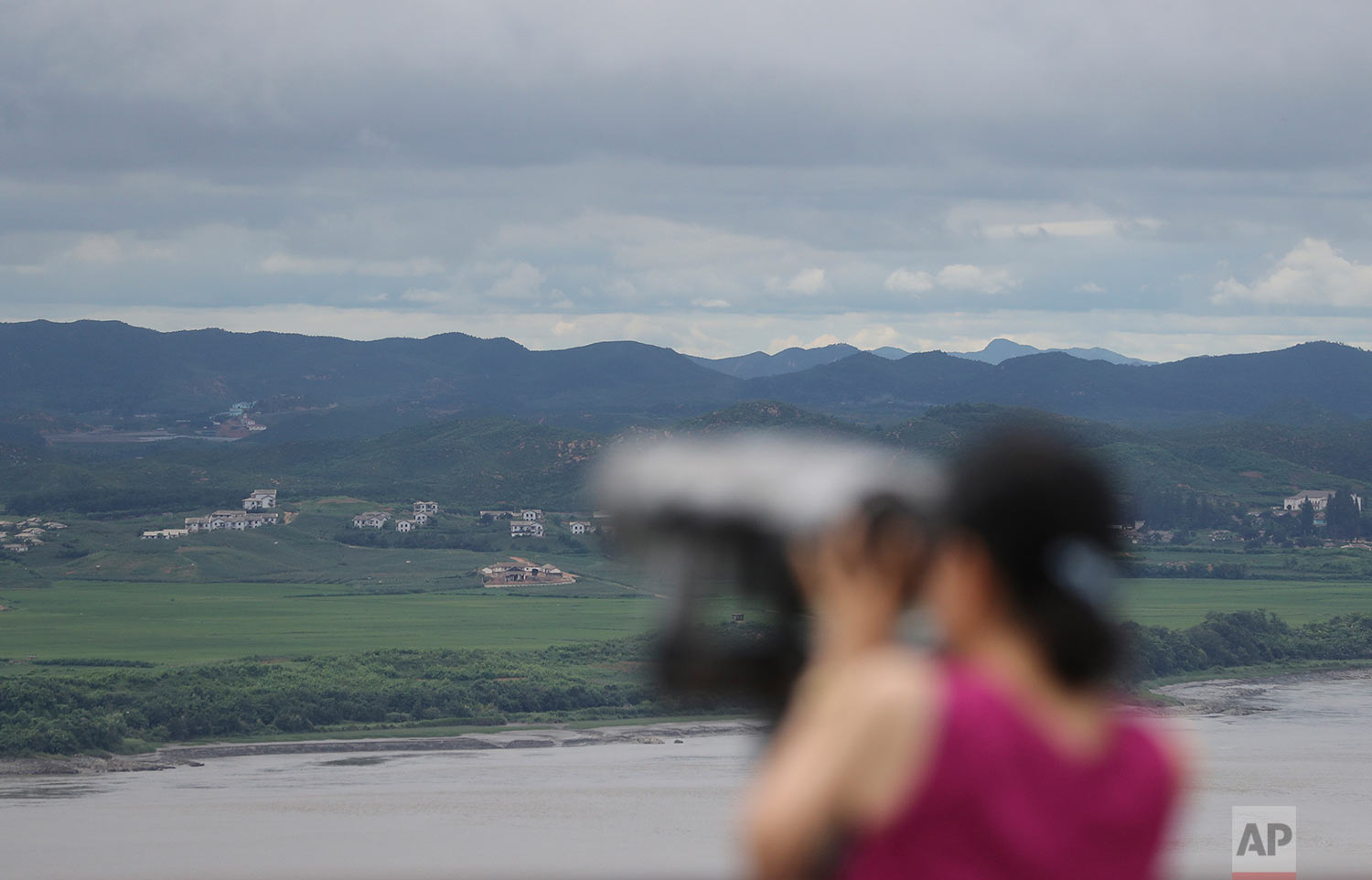

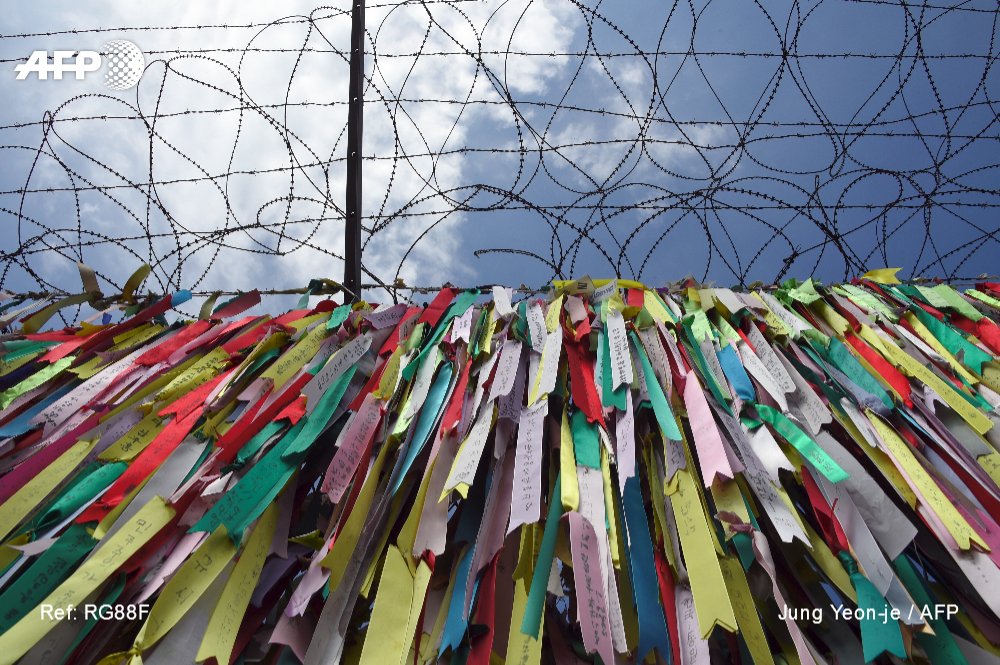
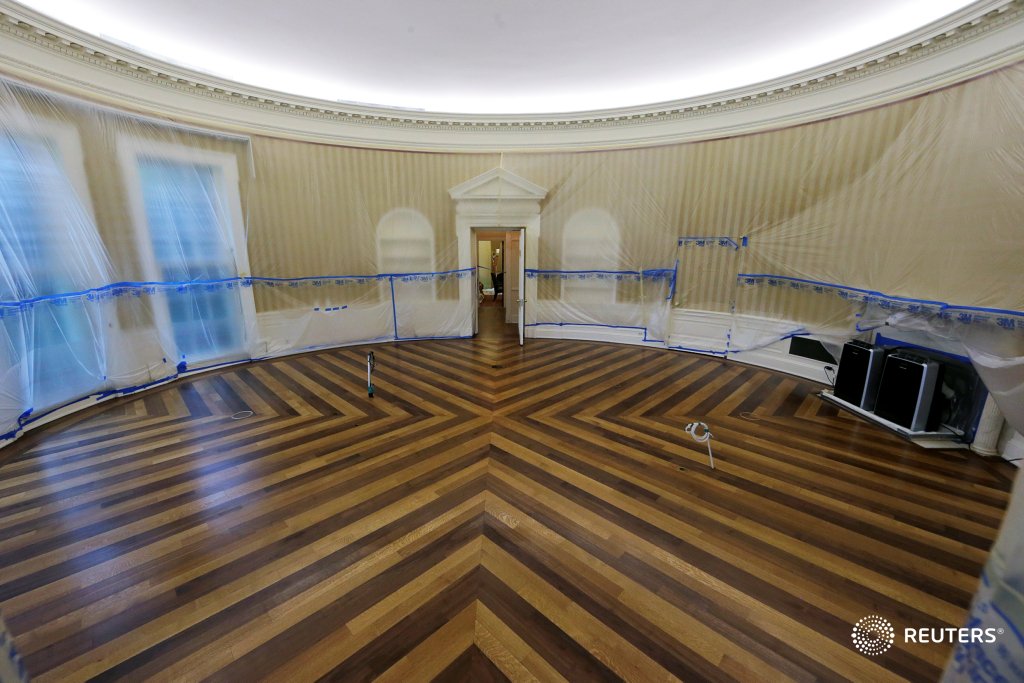
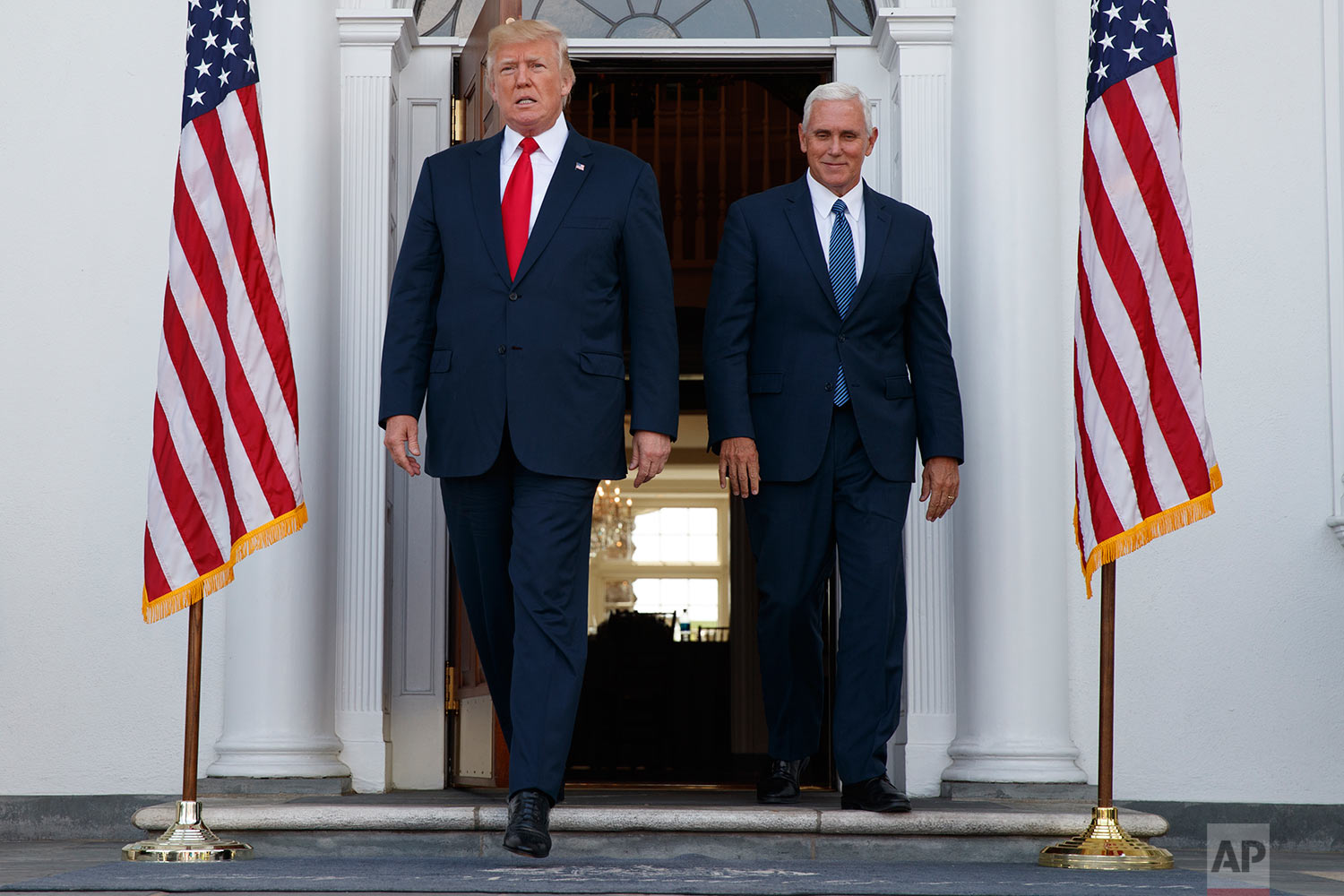
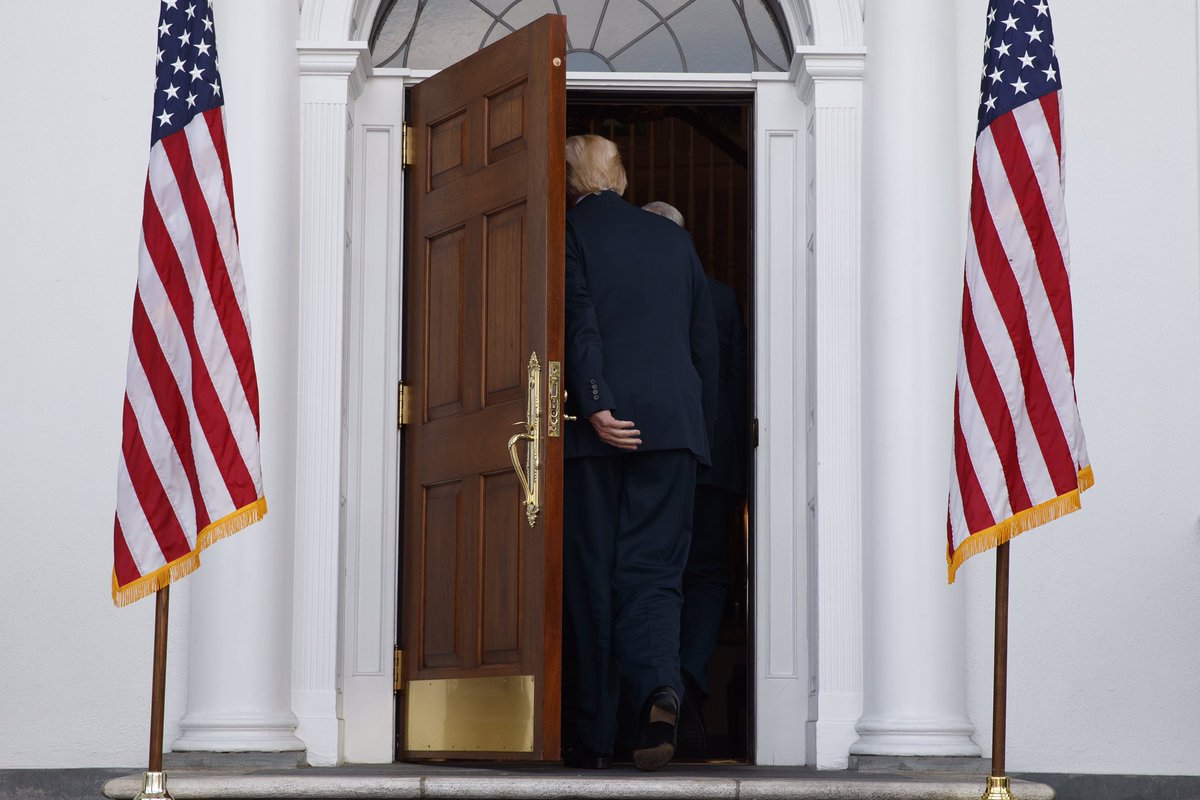





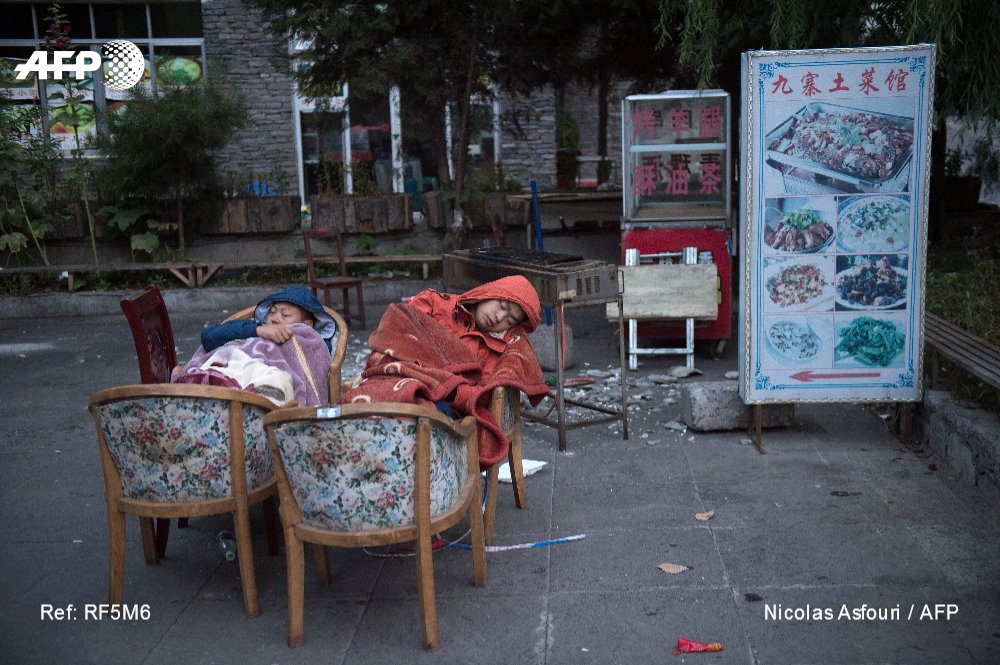

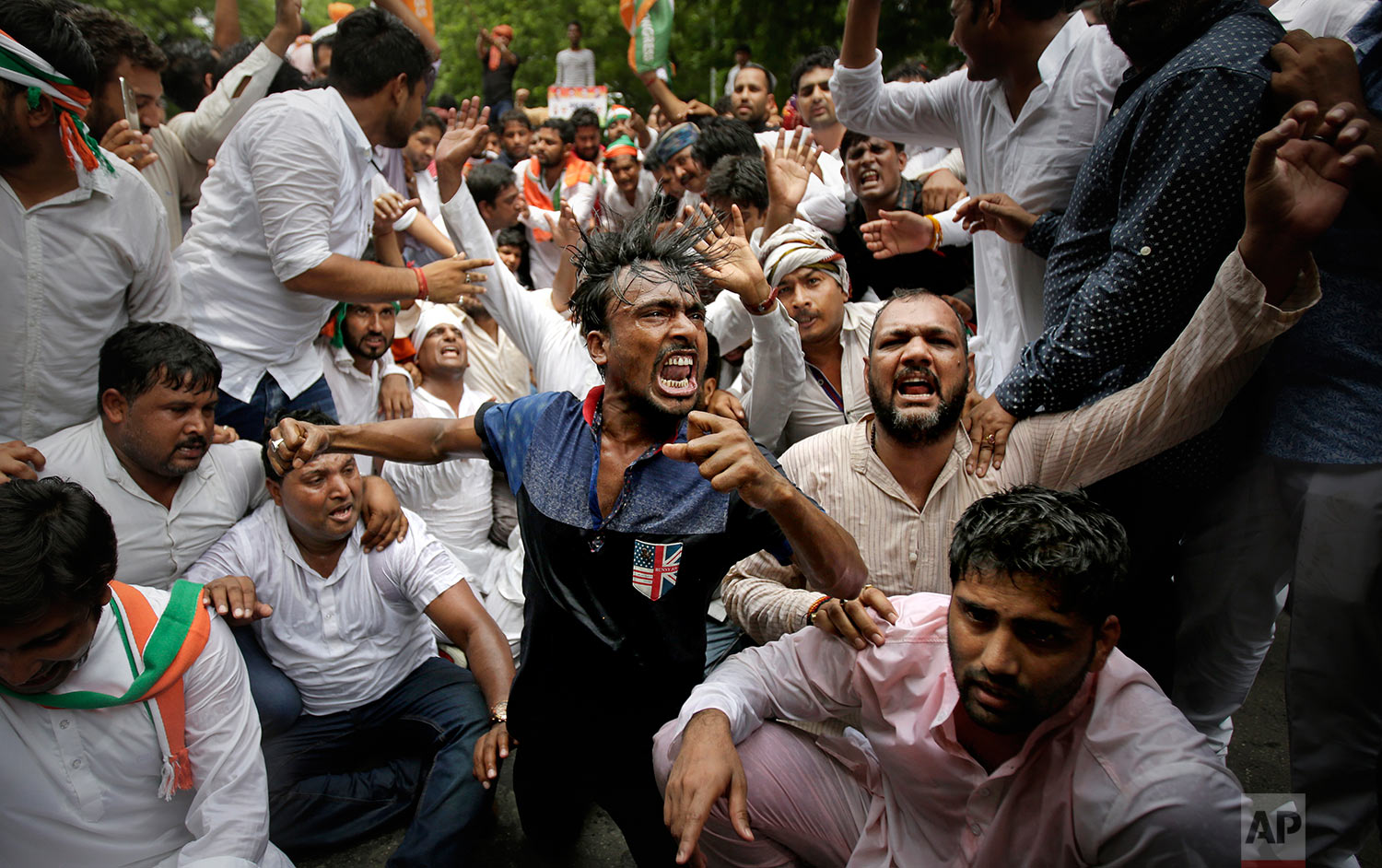
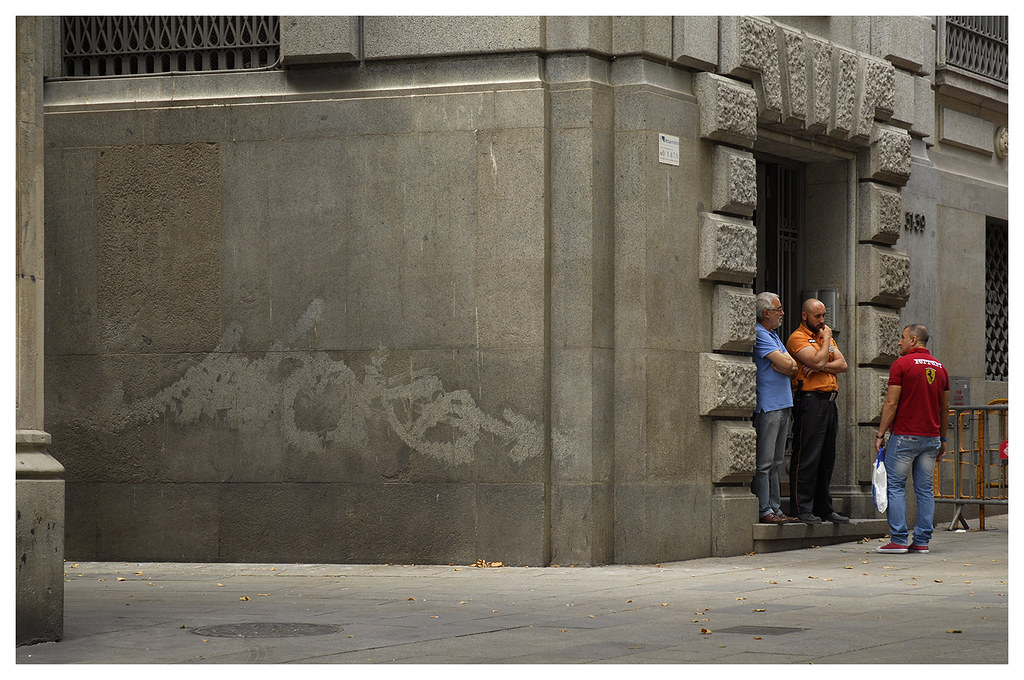
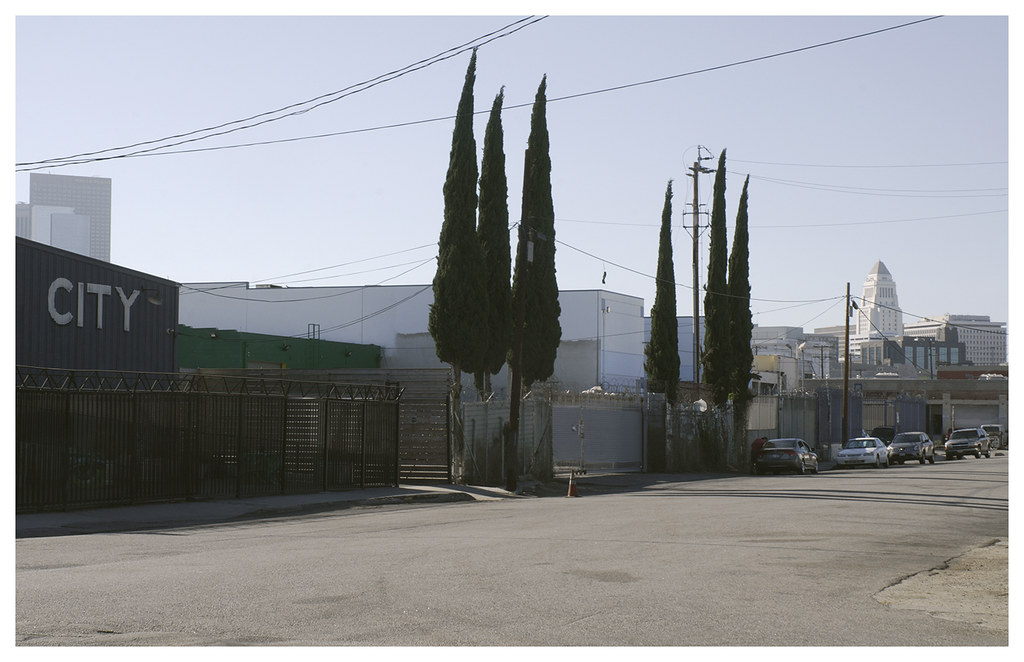




2 comments:
Amazing! Thank you for this.
Thanks, Terry. Distances seem strangely relative any more, the near so far away and vicey versey, as they used to say. What once looked so large to the child gradually shrank and faded... then by the kangaroo-boomerang effect, little known till just last week, everything got larger and larger, again. If you know what I mean.
I grew up across the street from those tennis courts at the top, which back then must have been so small I never noticed they were there, unless I was, or did, and they were.
That was back in the day, when we hid under our school desks every morning (practice drill), tacked blankets up over the basement windows to reduce the anticipated blast effect (good luck with that, but I suppose it was the effort that counted), and, twisting in our bunk beds so as to covertly train the flashlight under the covers, constantly studied the street map to figure out how far we were from epicenter, as marked by those wailing sirens on Madison Street, in the night. (Never far enough, of course.)
Whereas now, hard by Radio beach, the sirens in the night never cease to wail, and the projected epicenter is everywhere, all the time.
Post a Comment